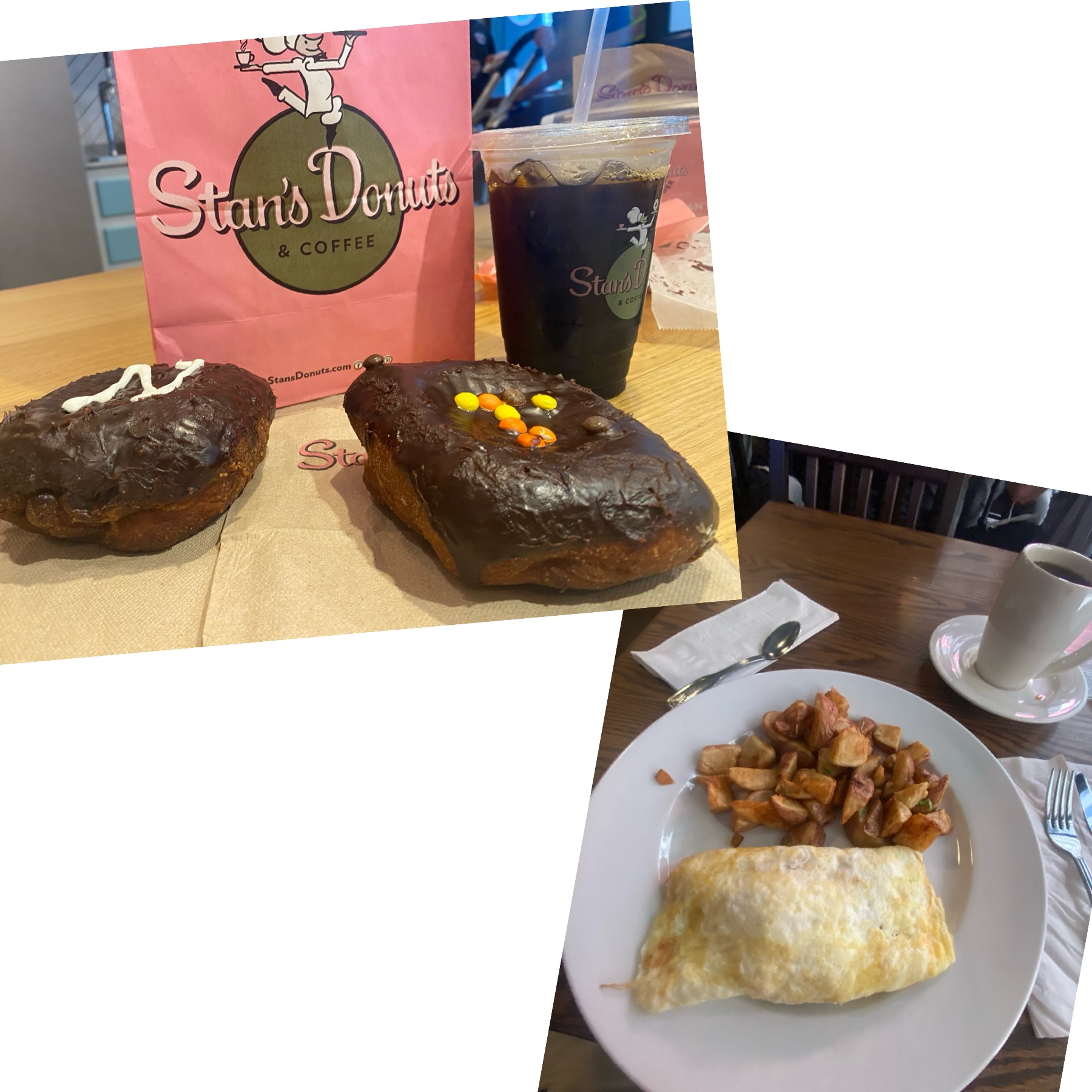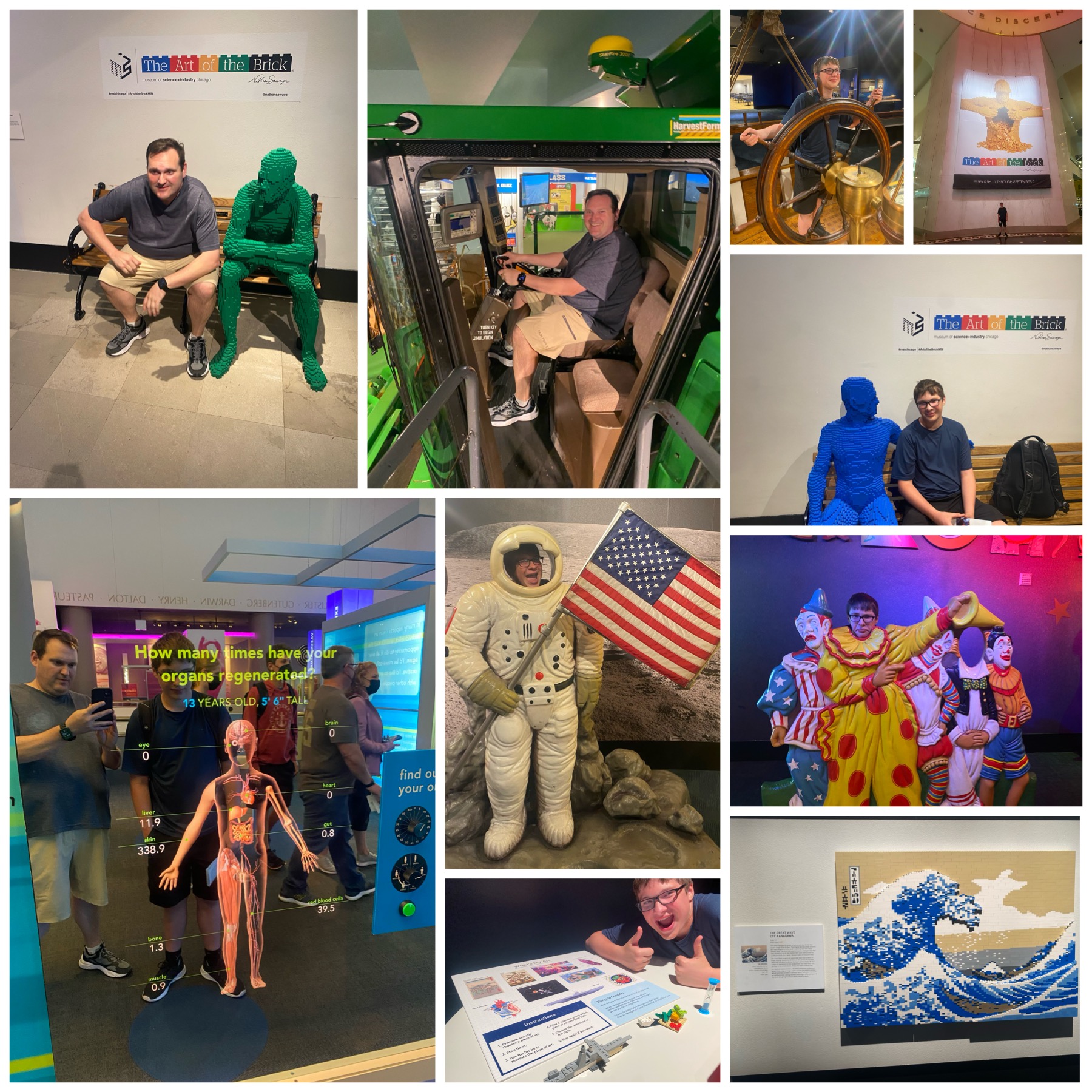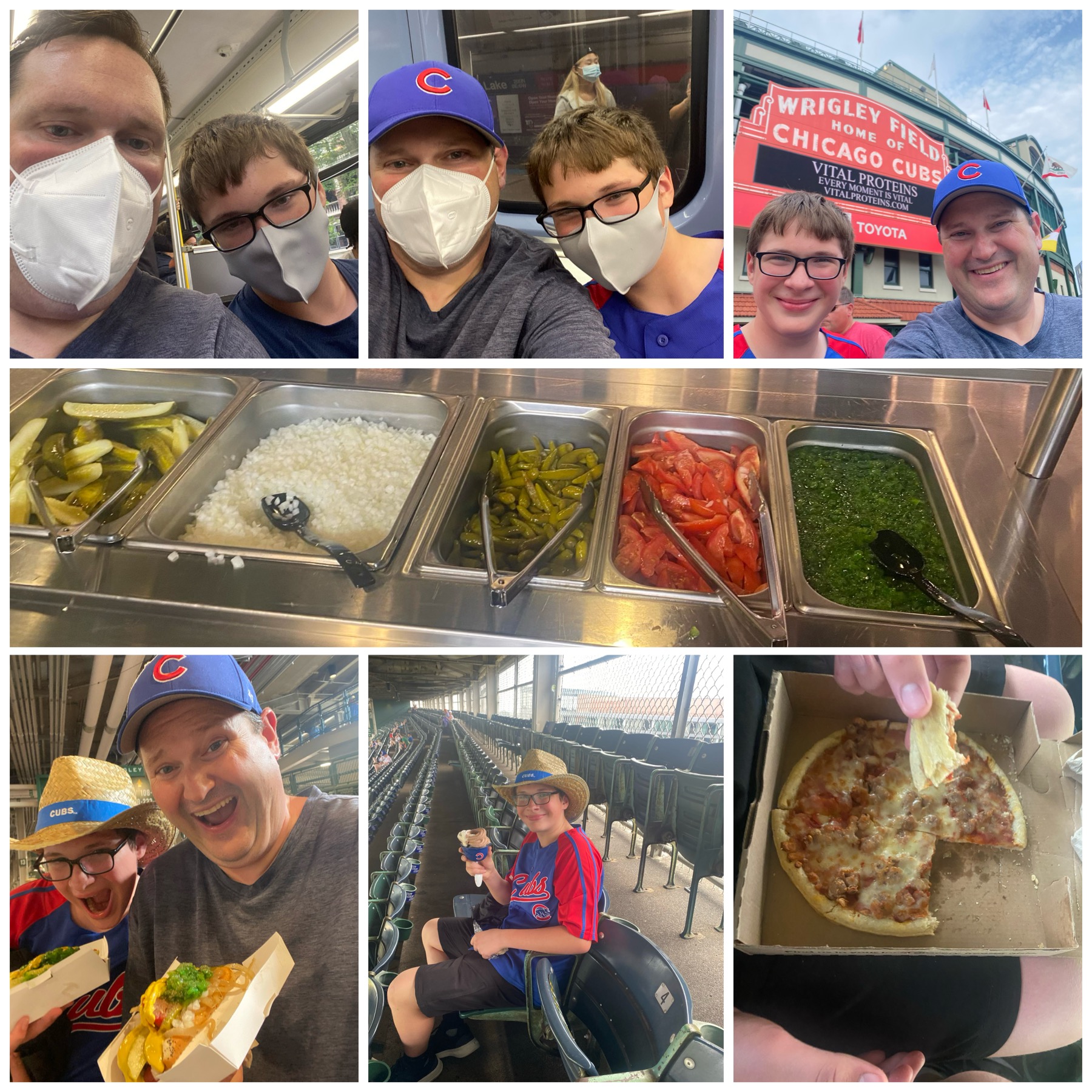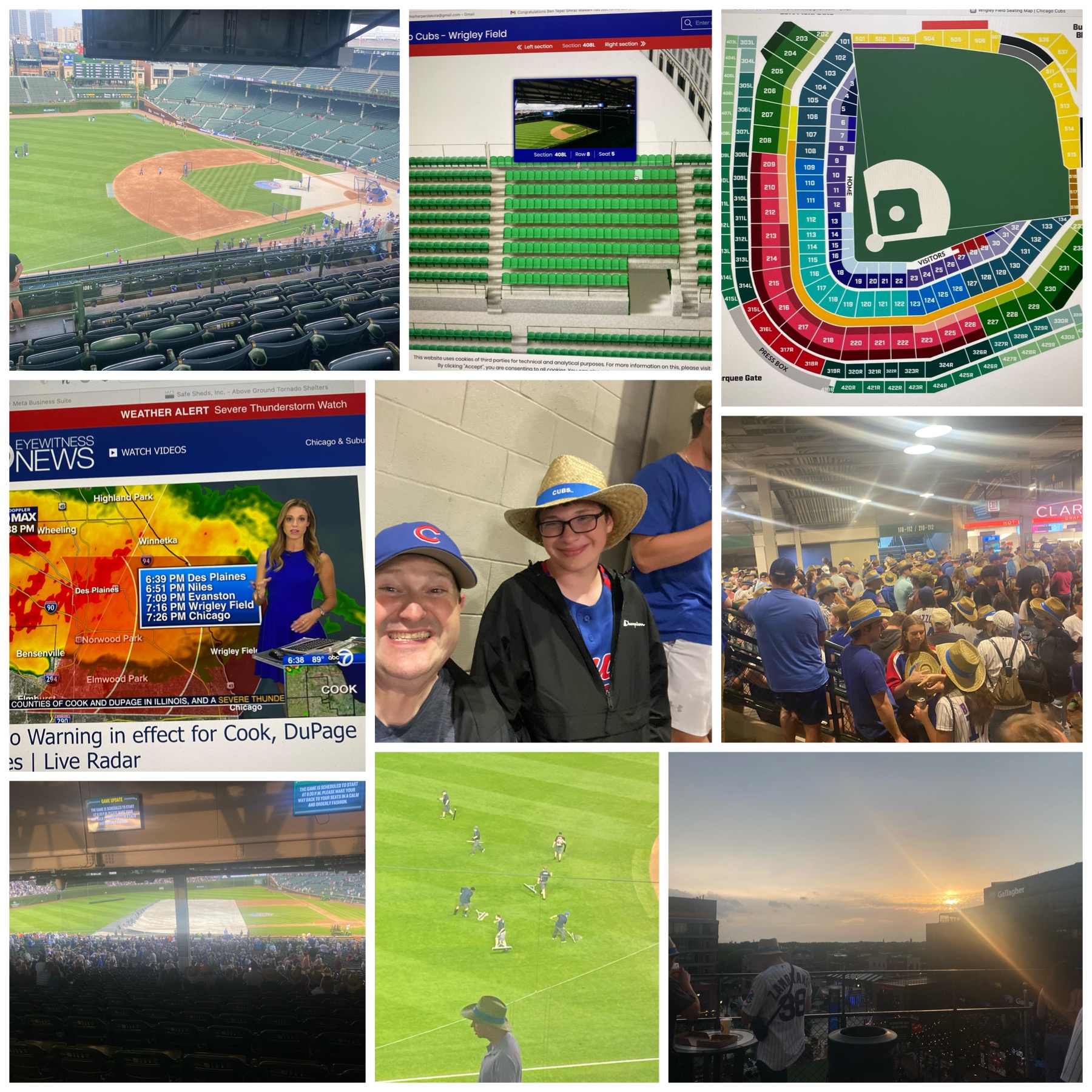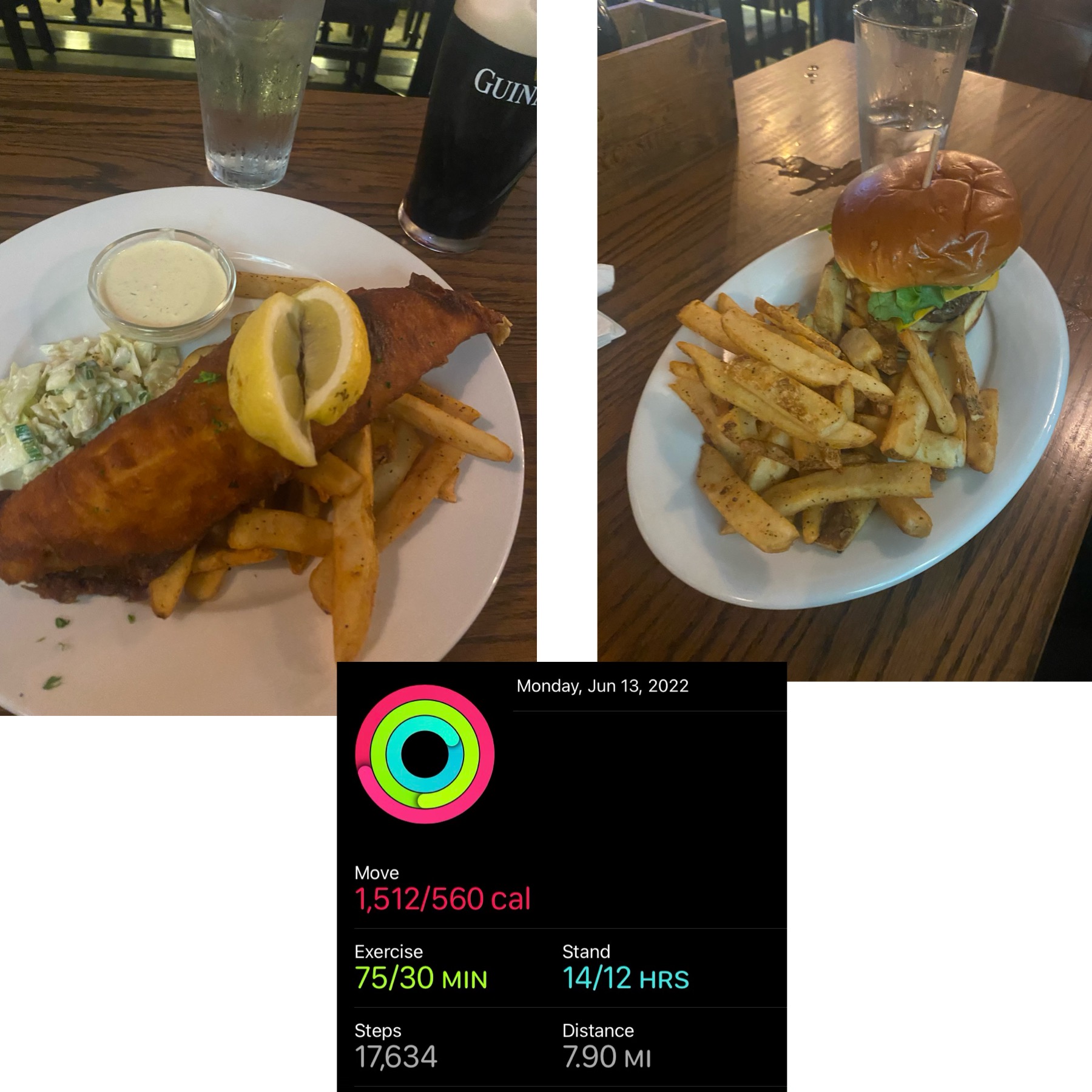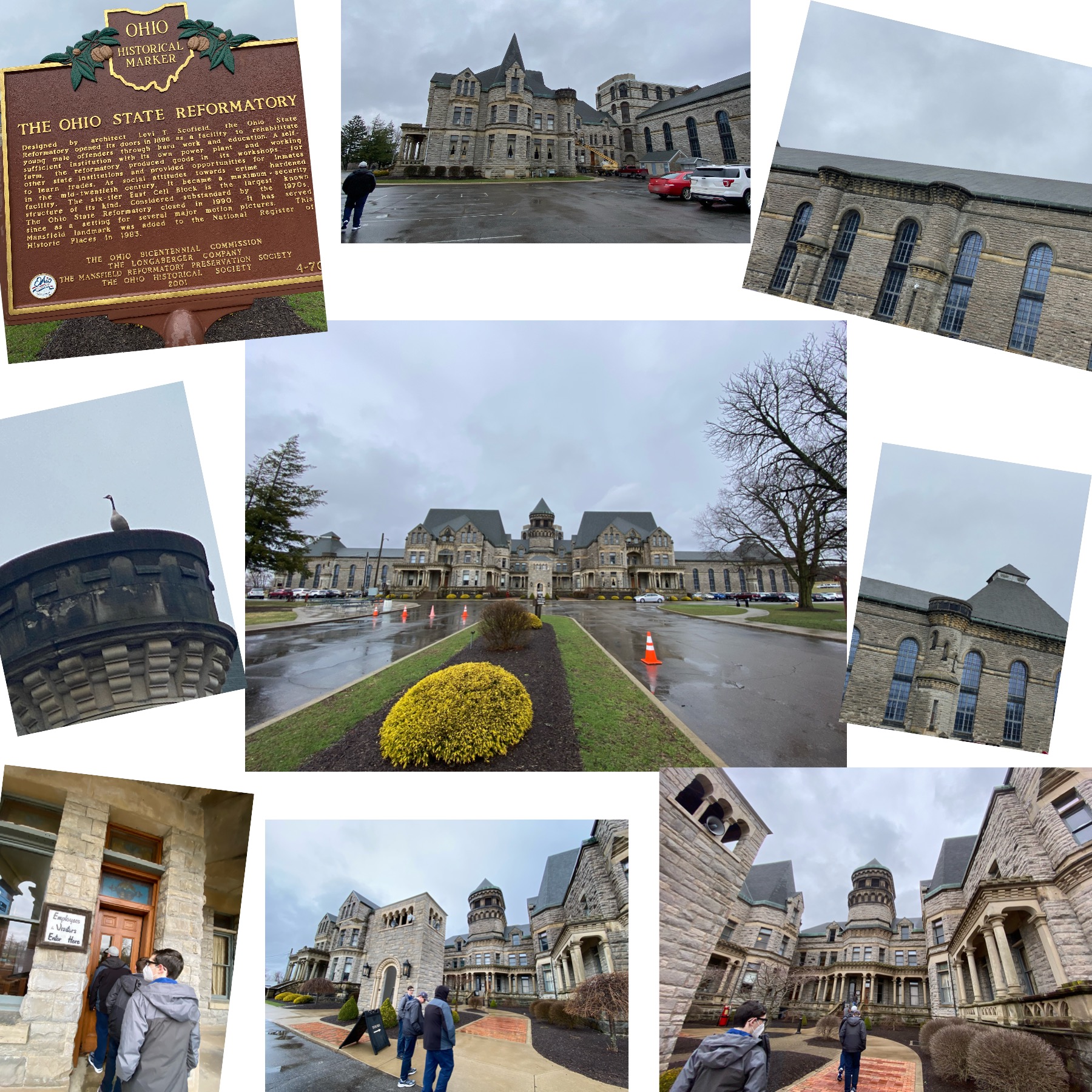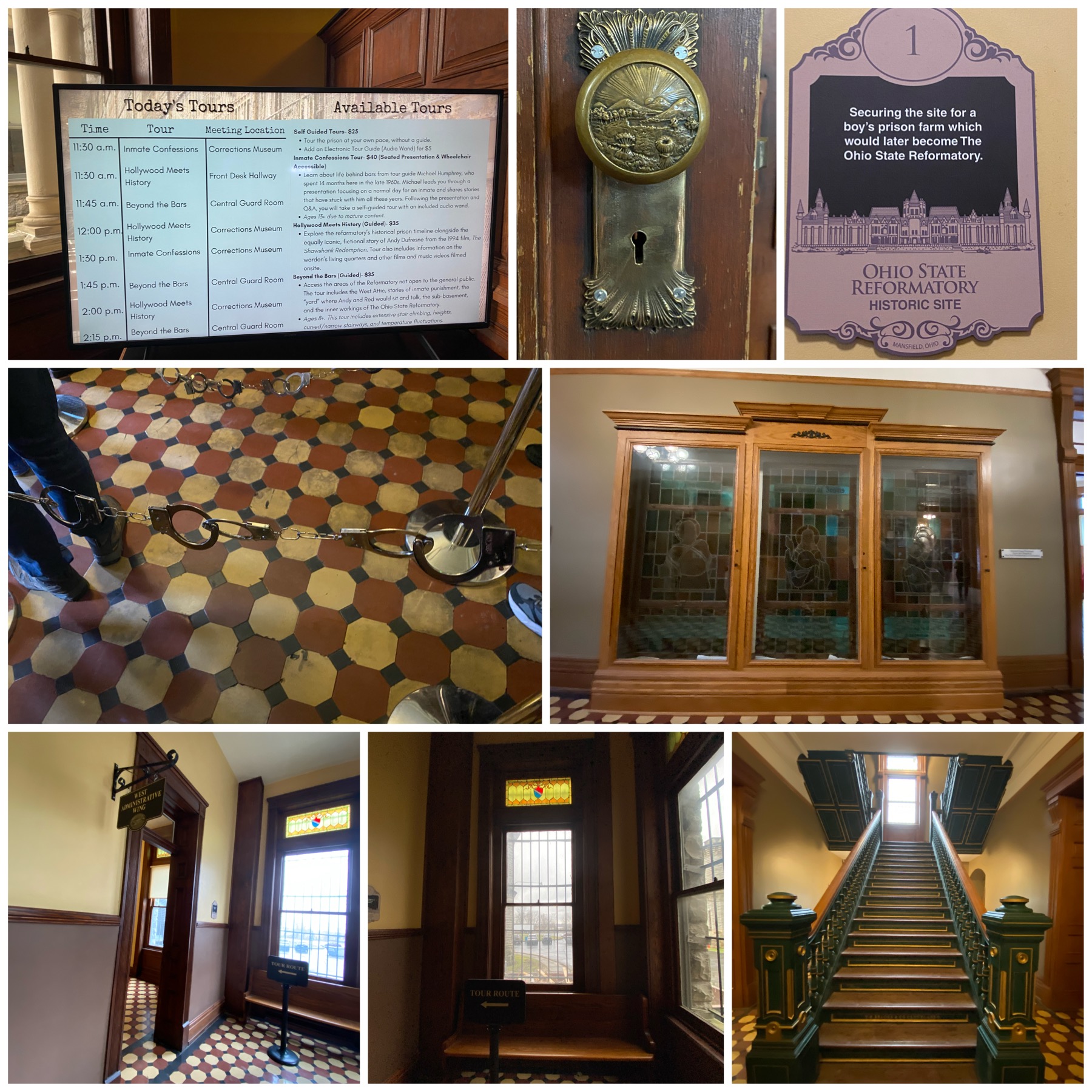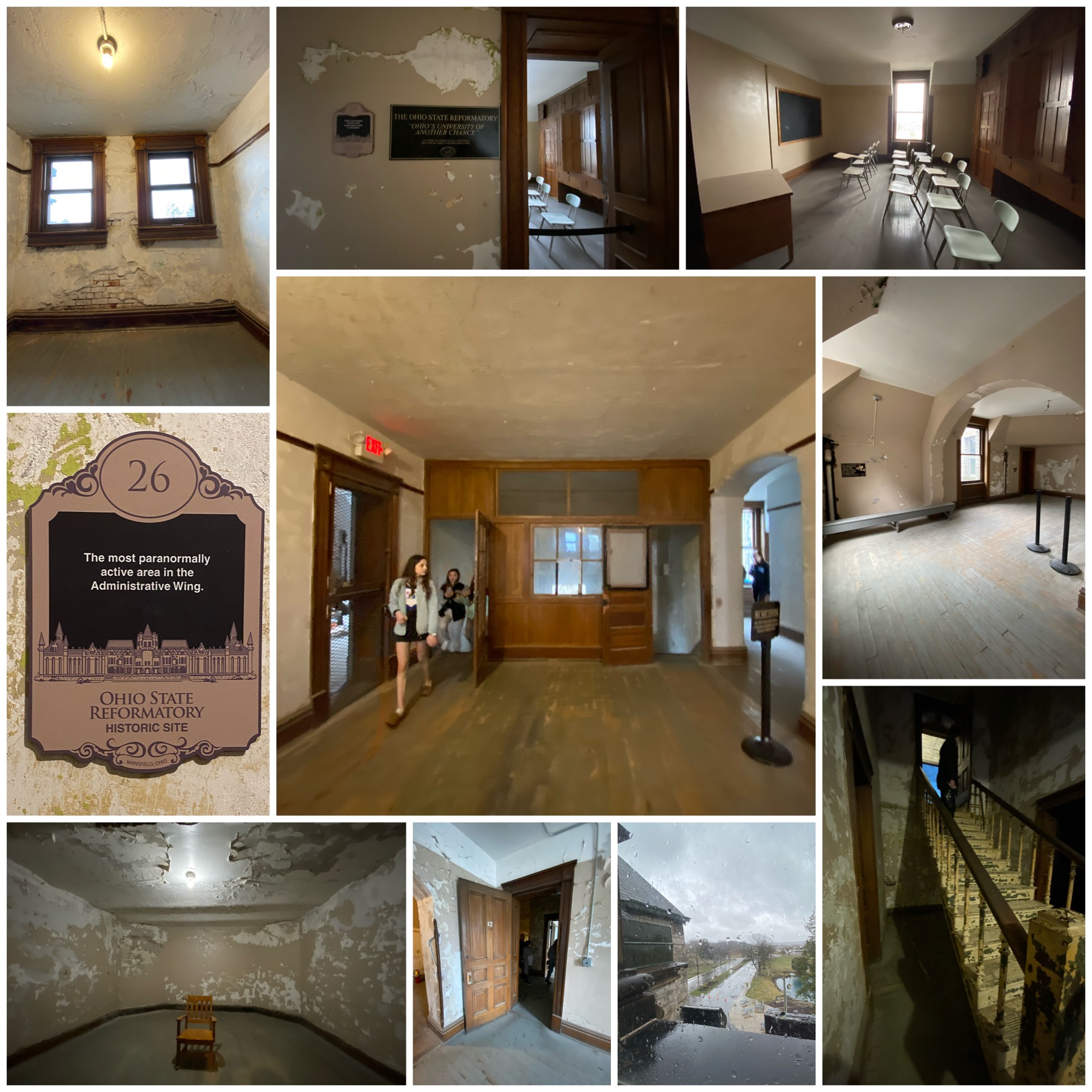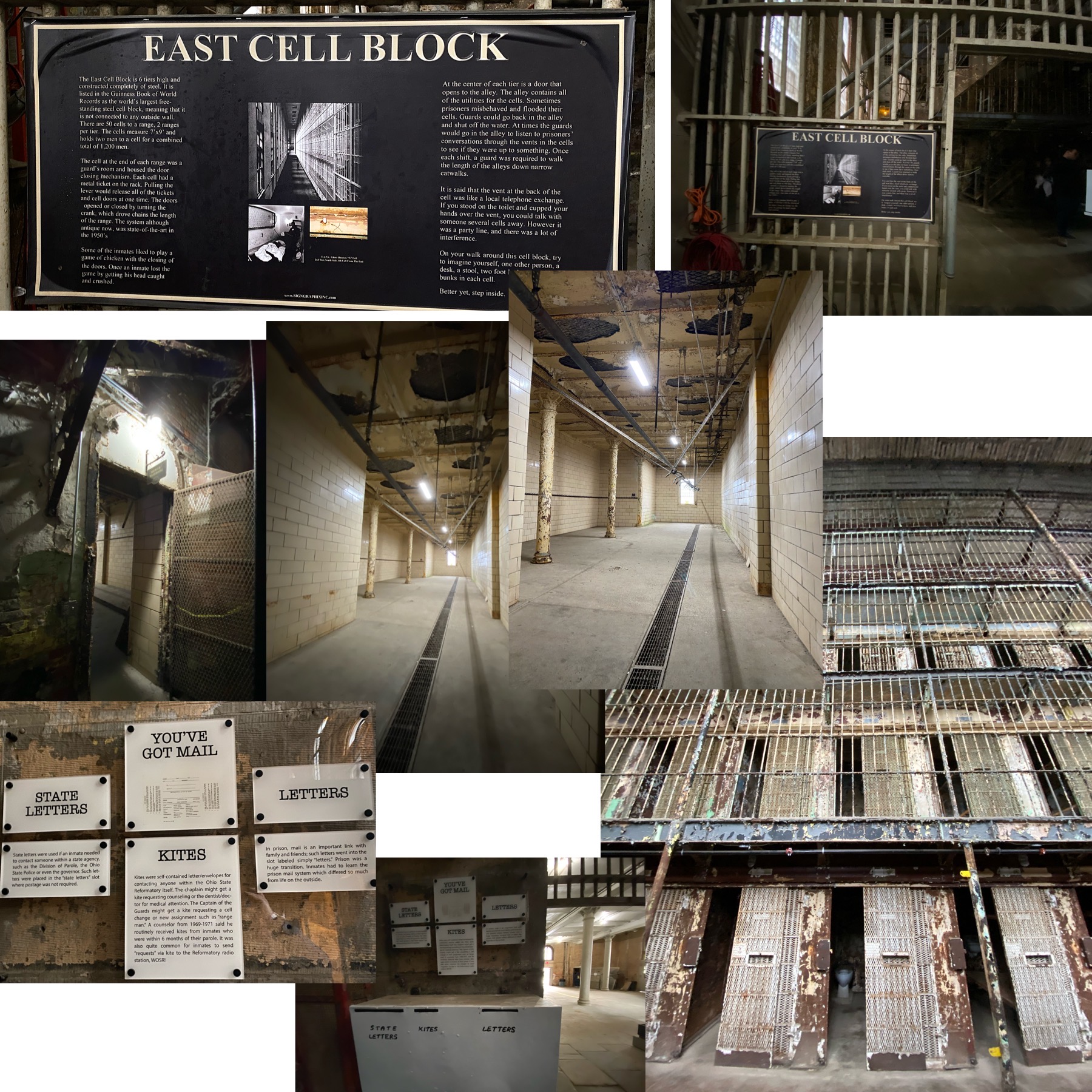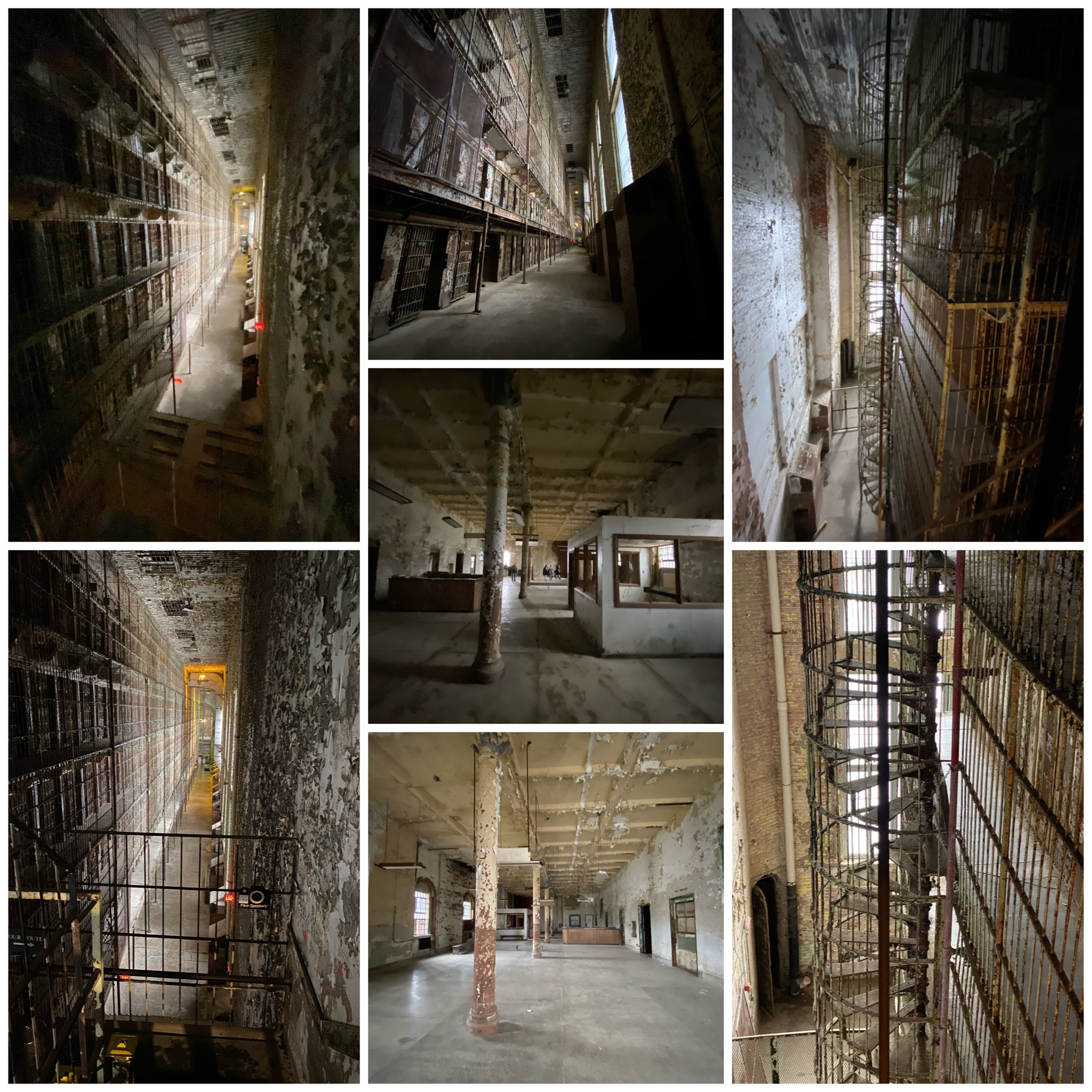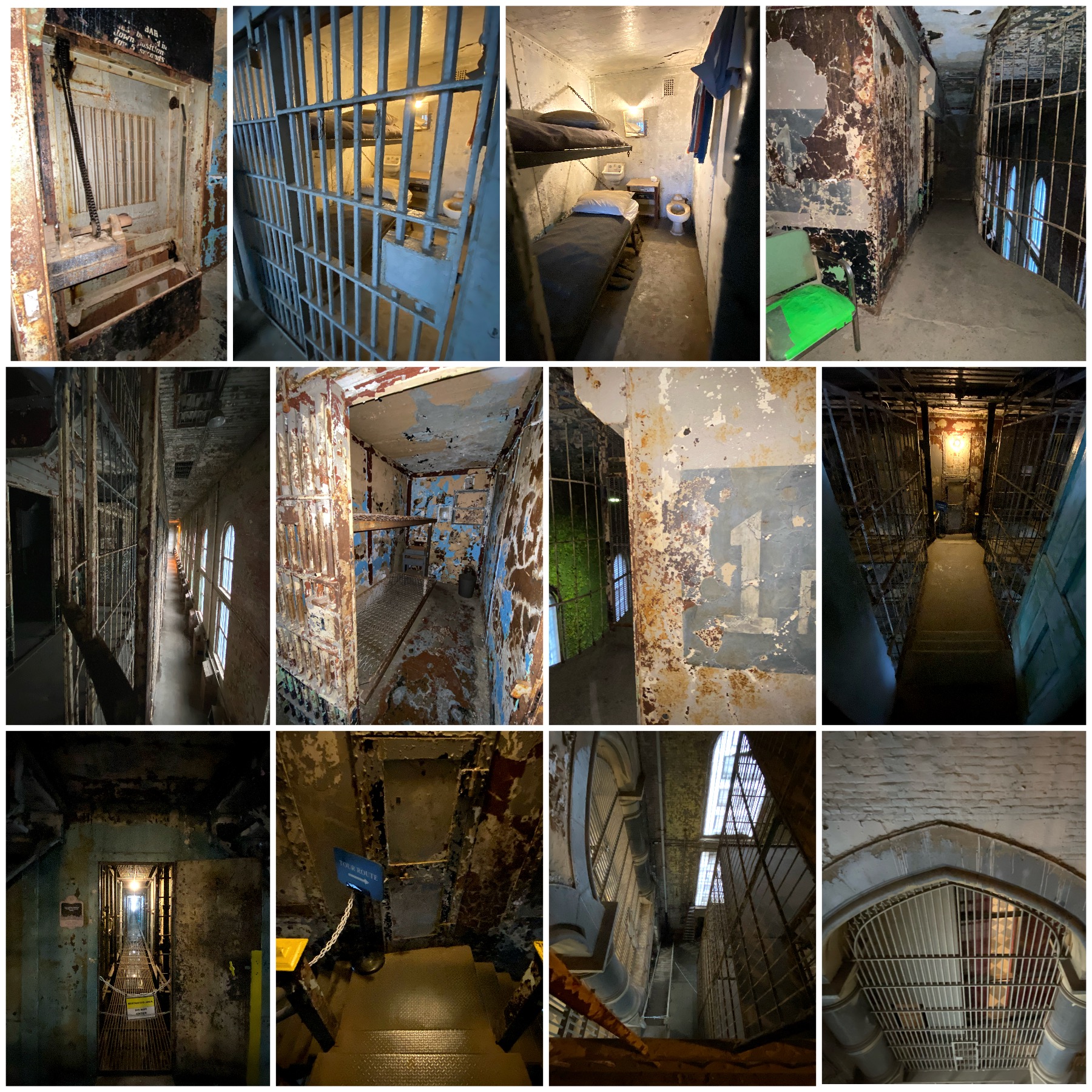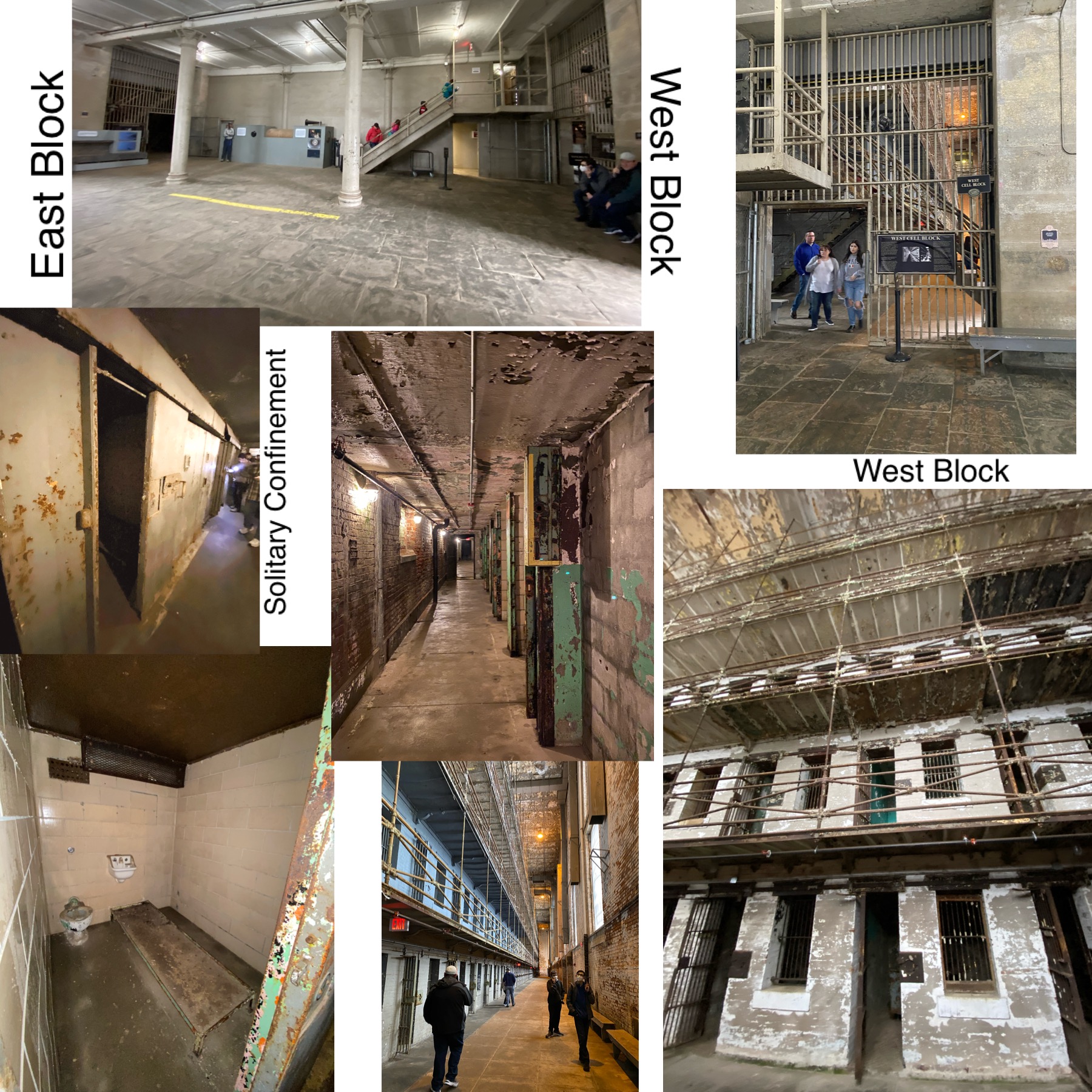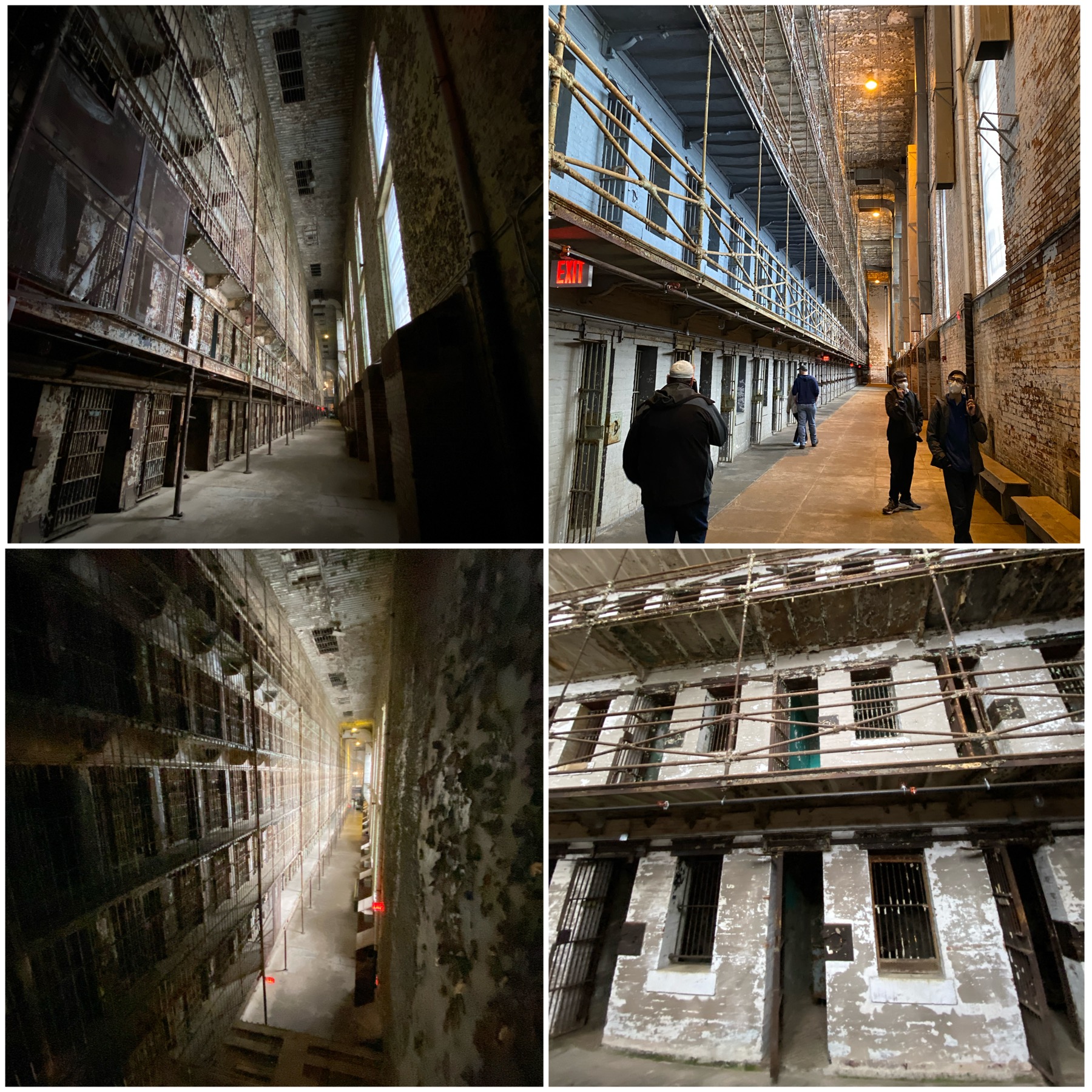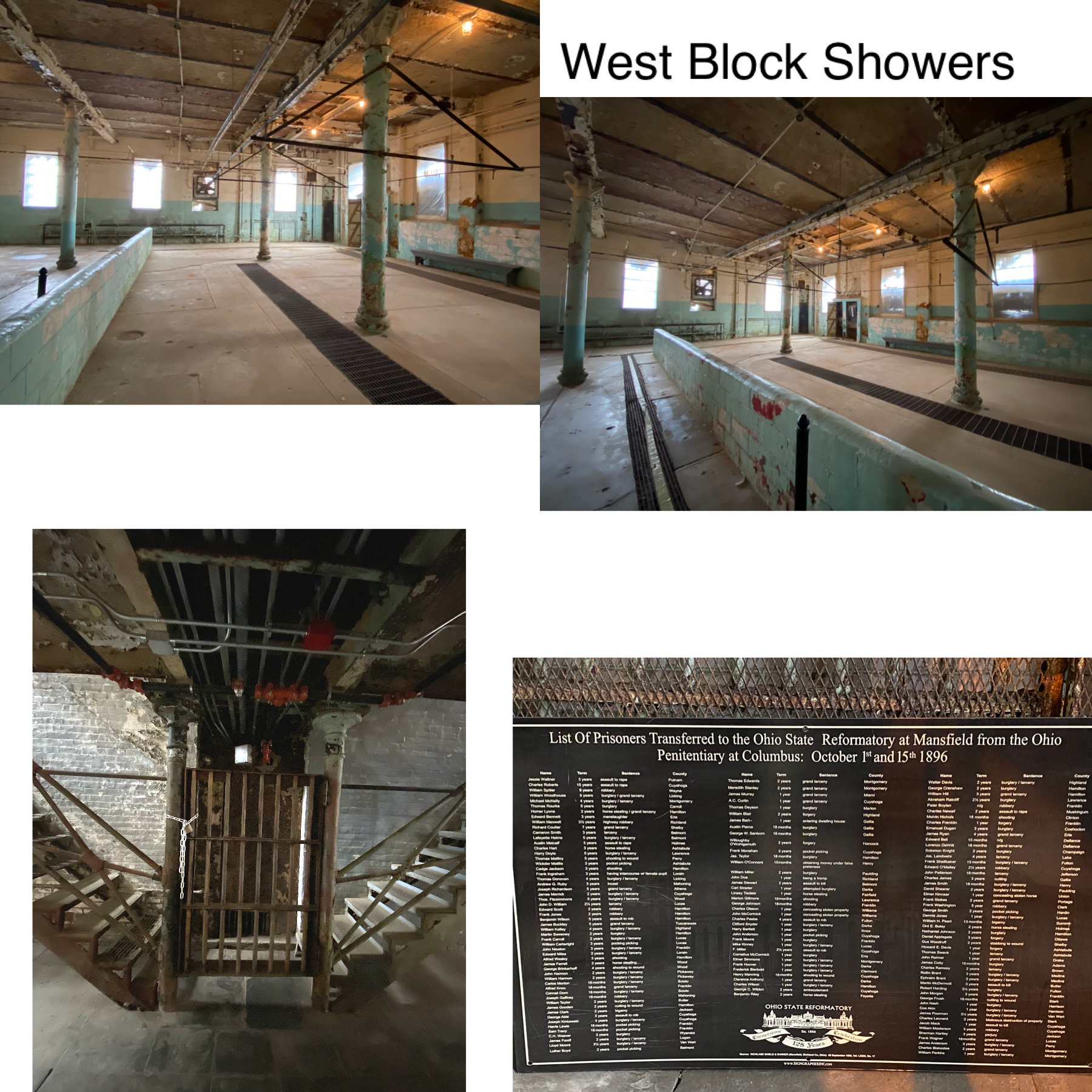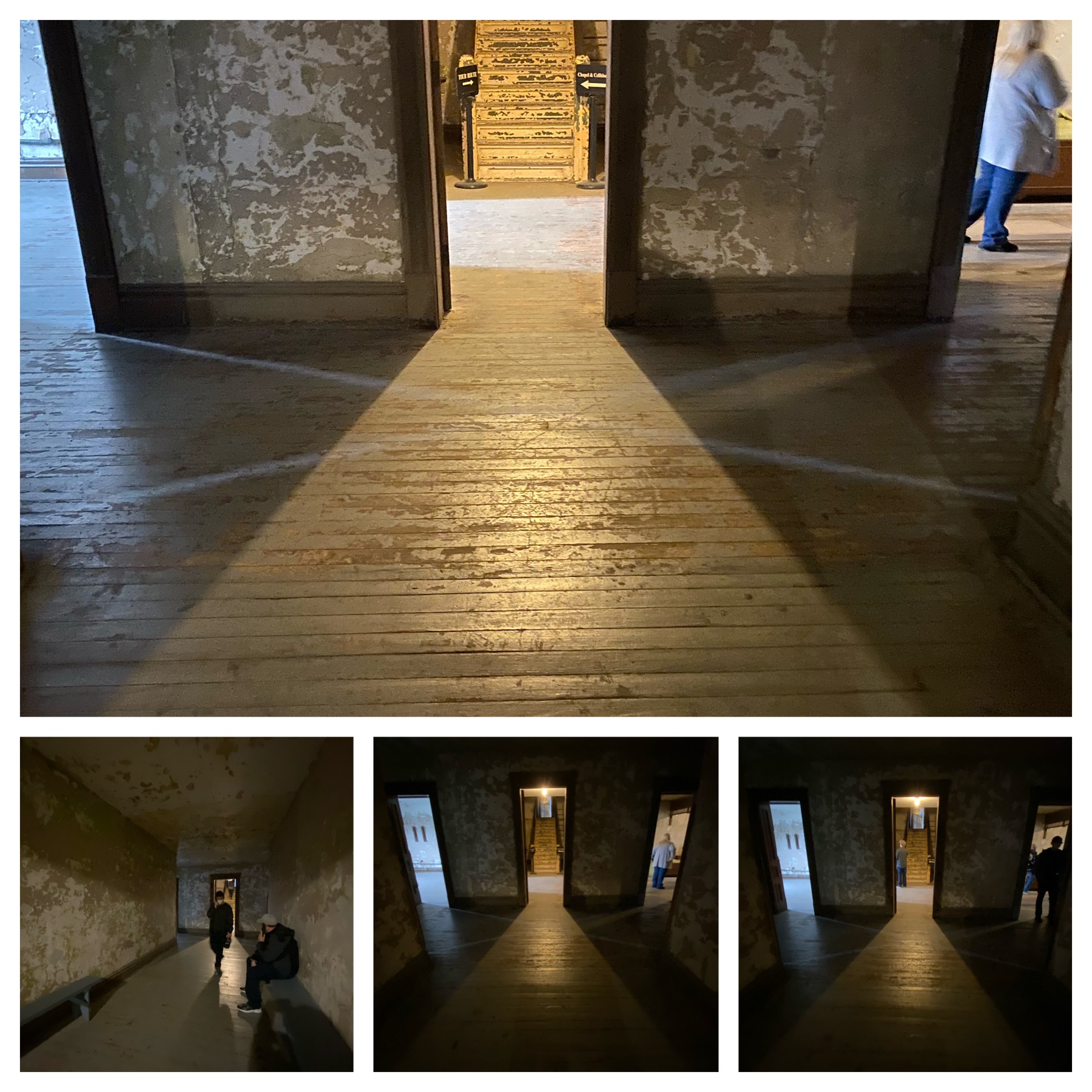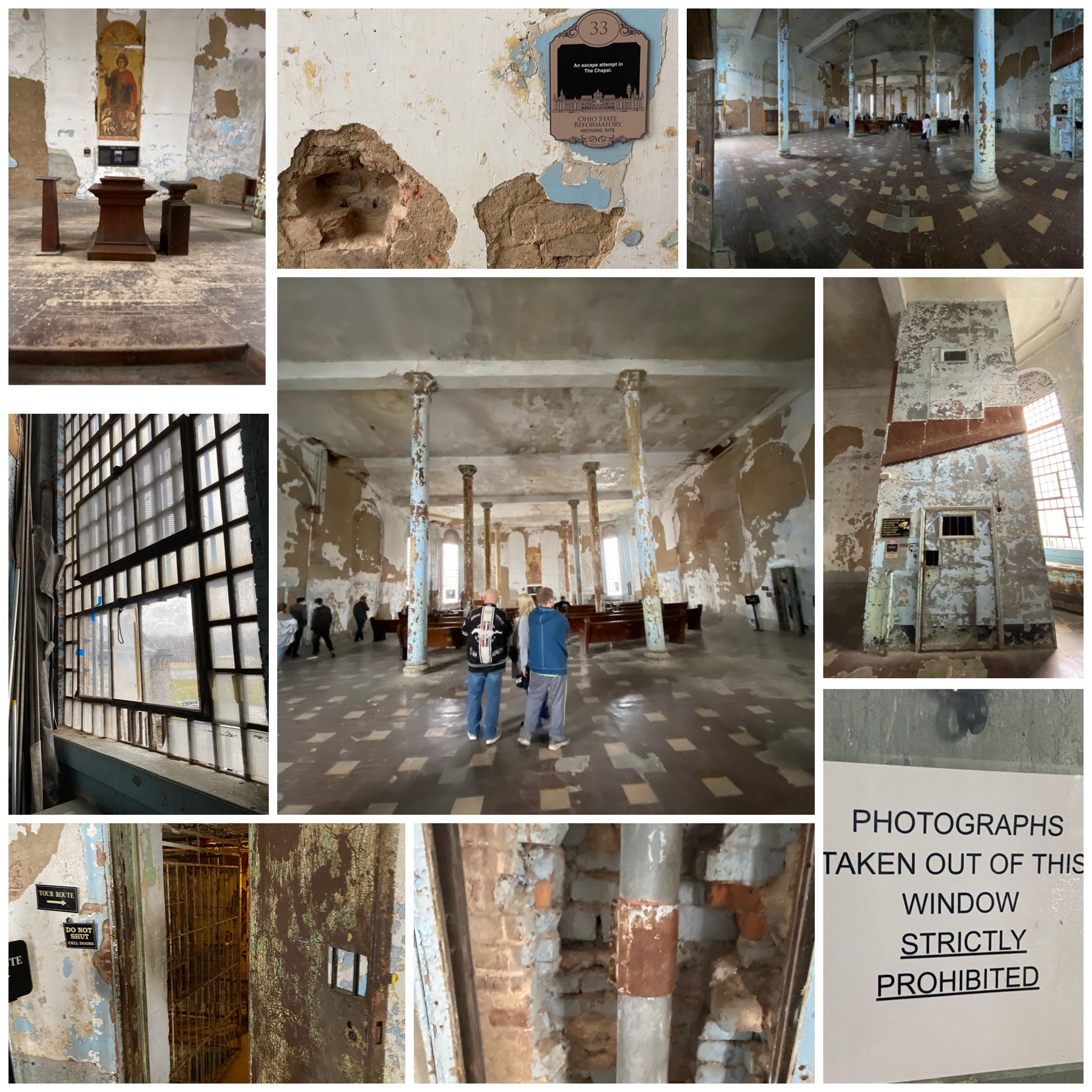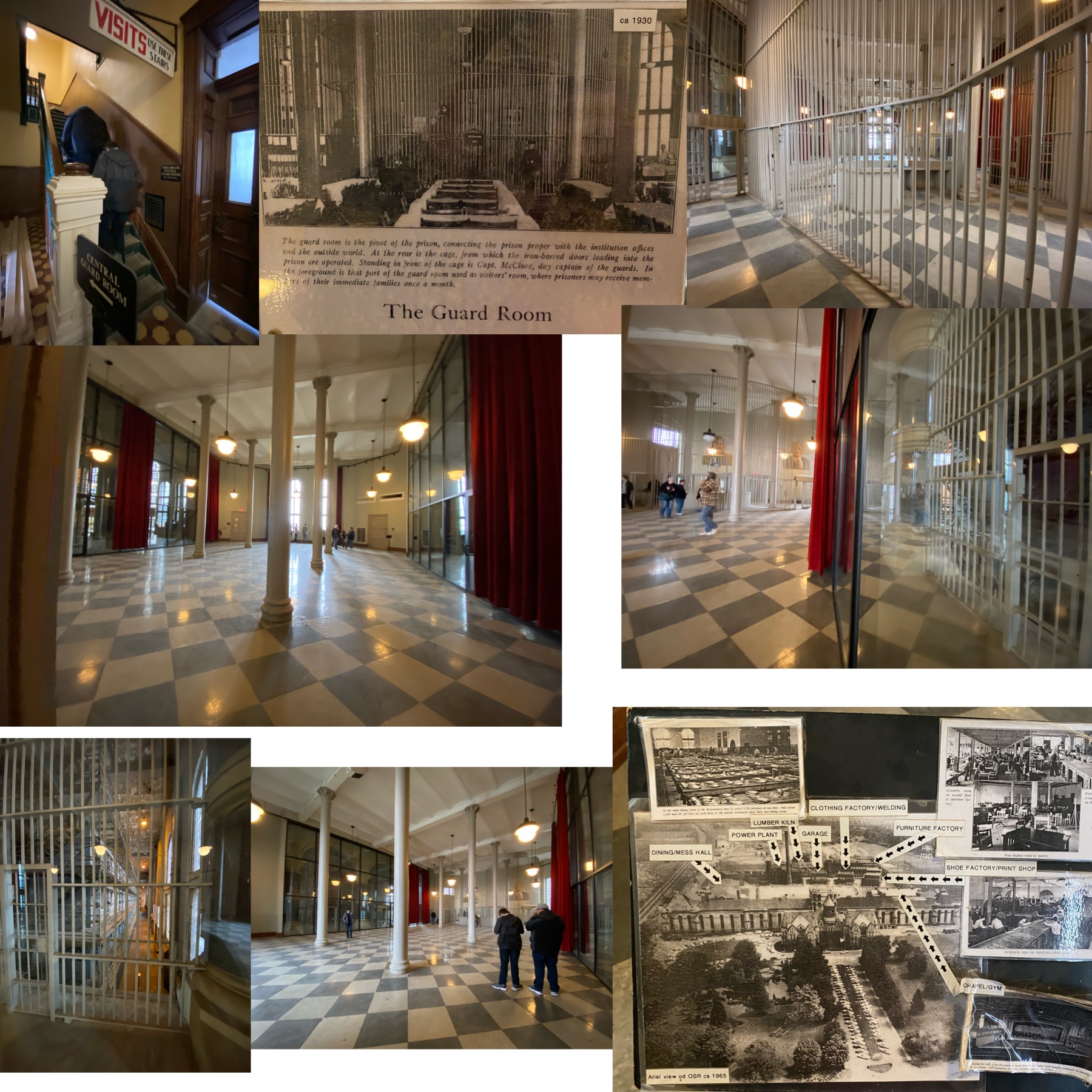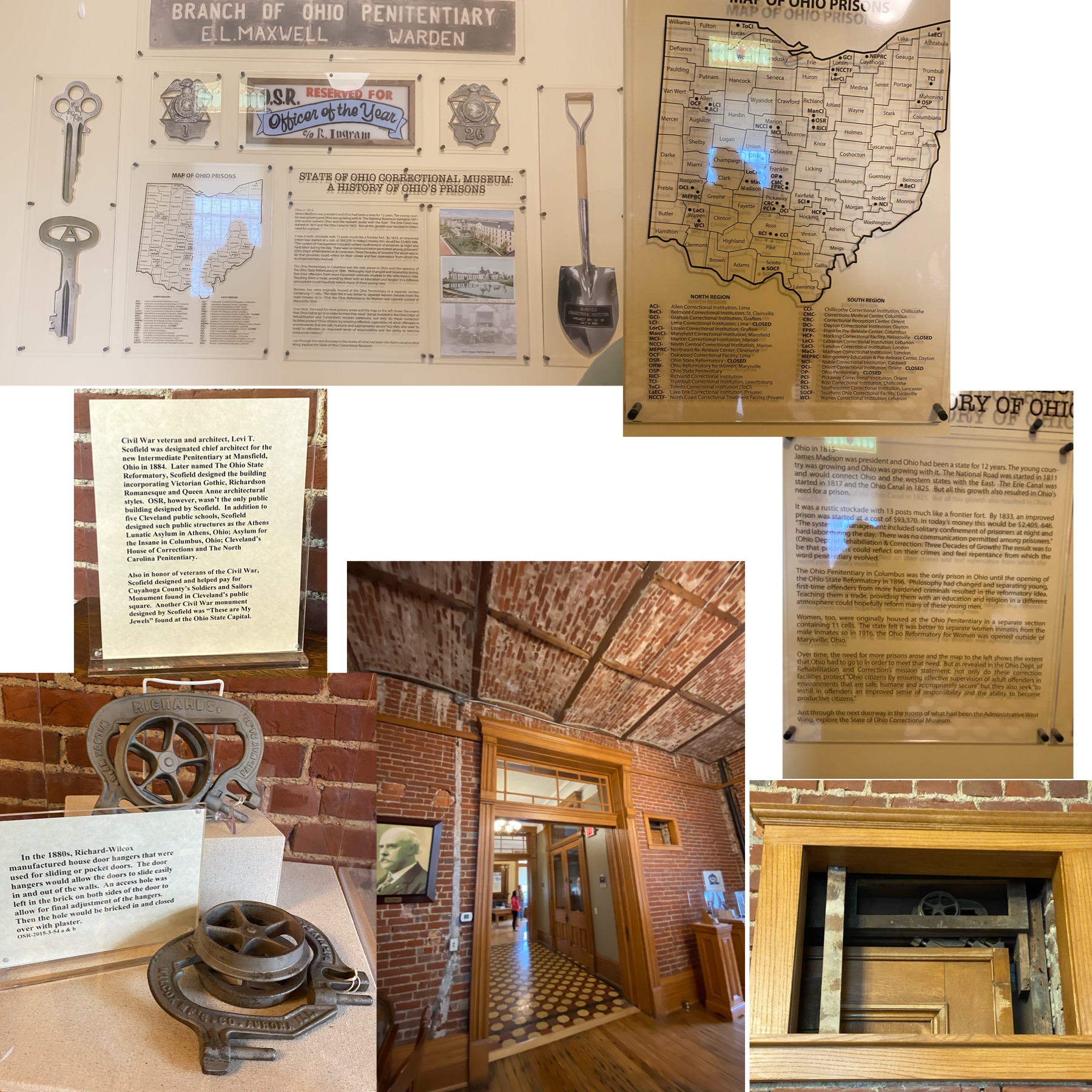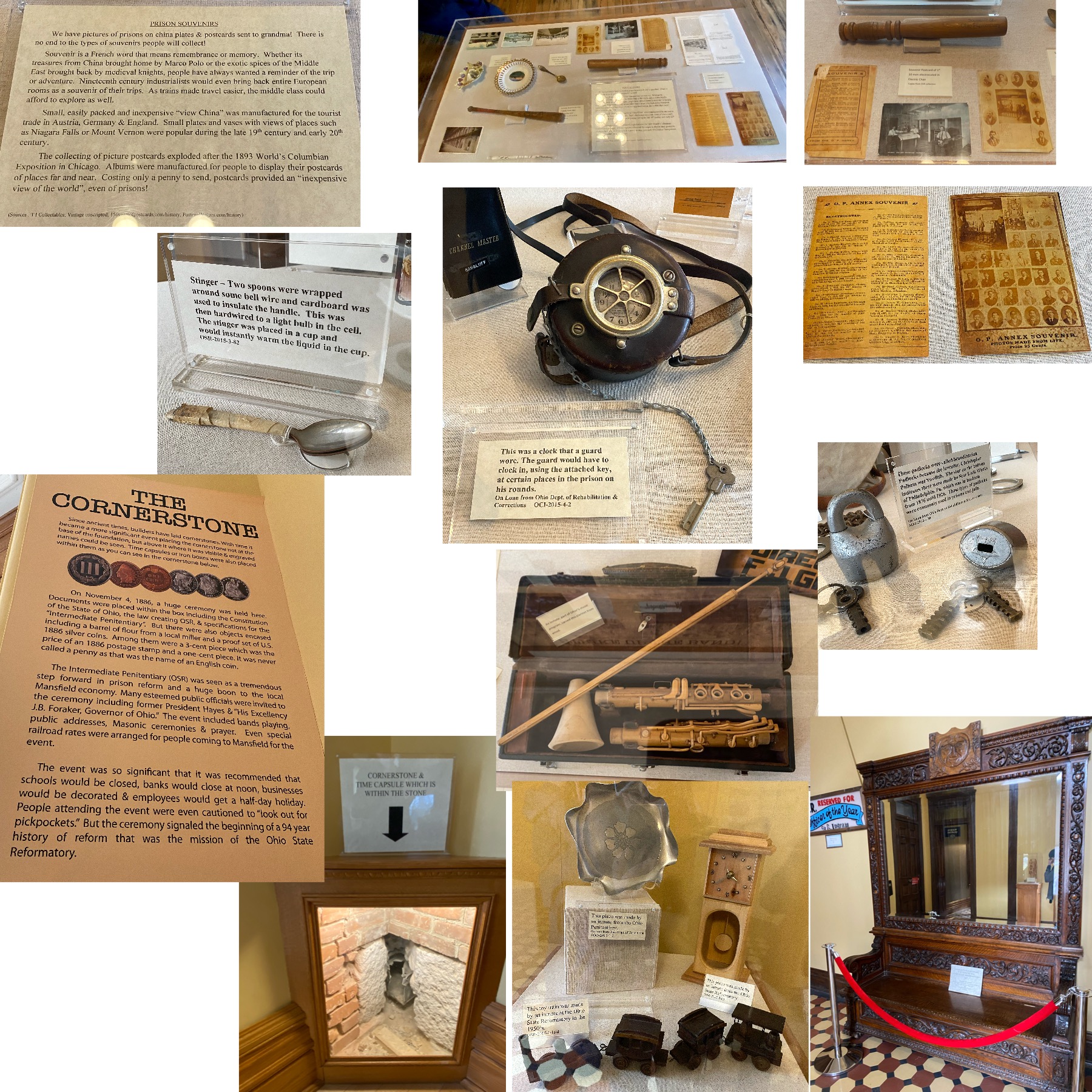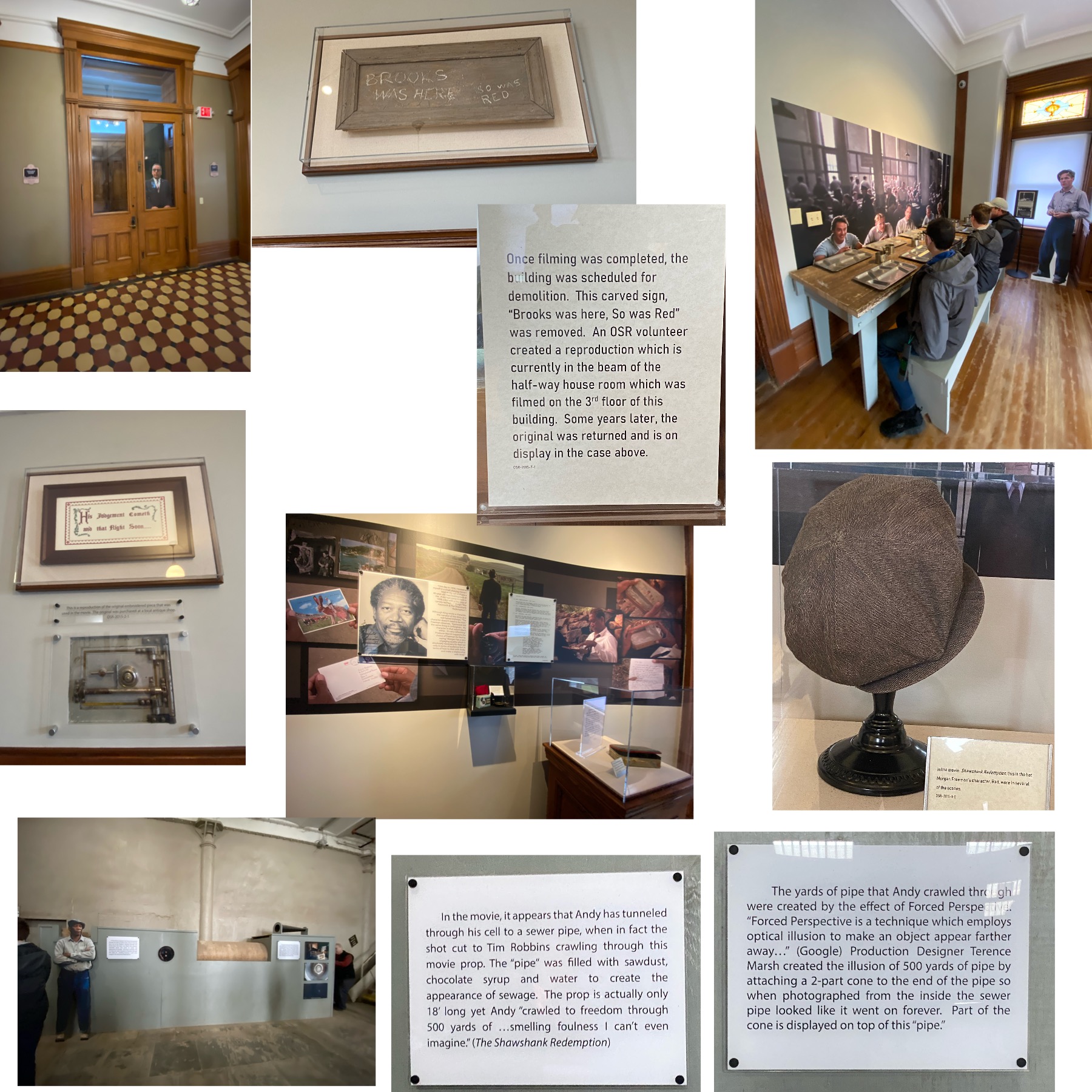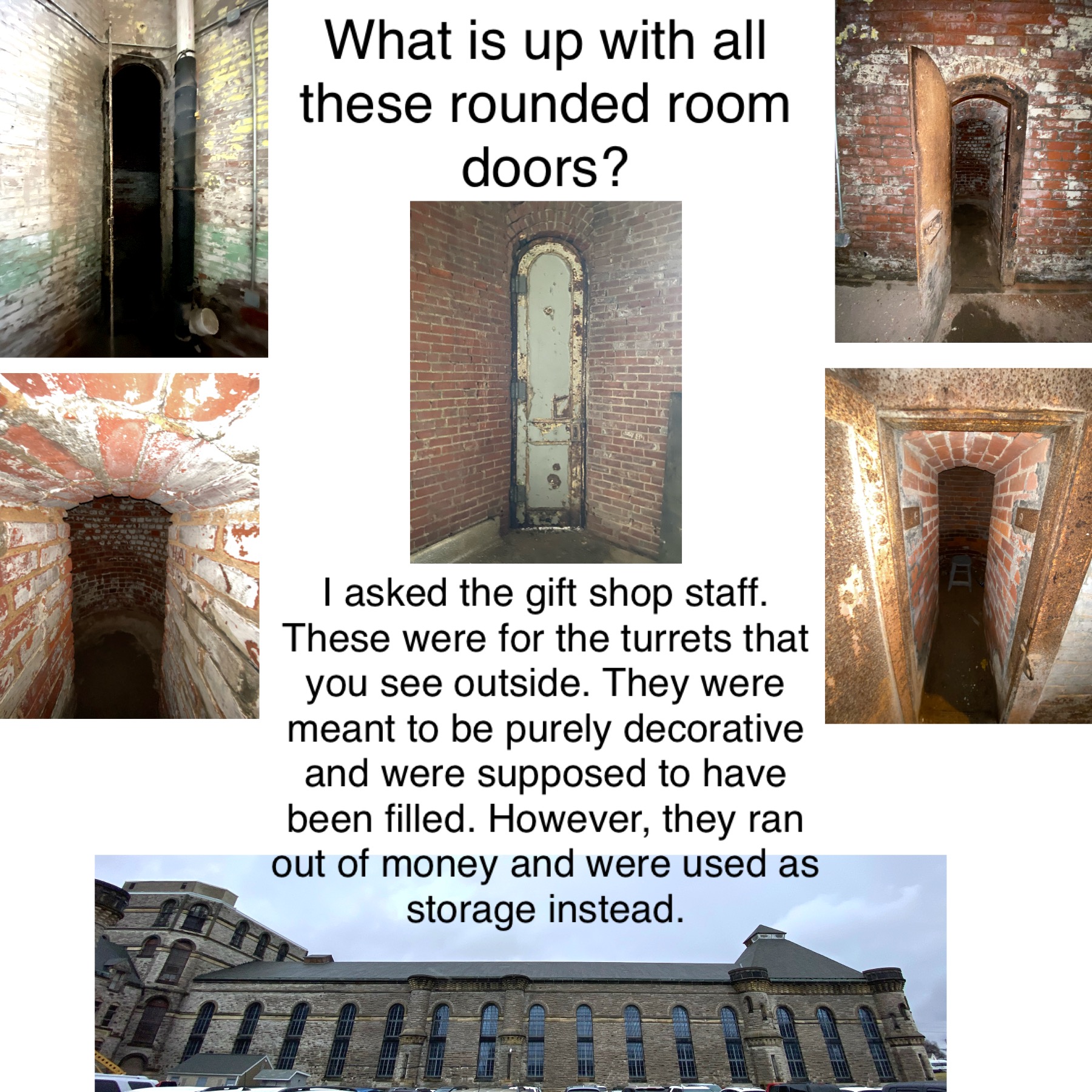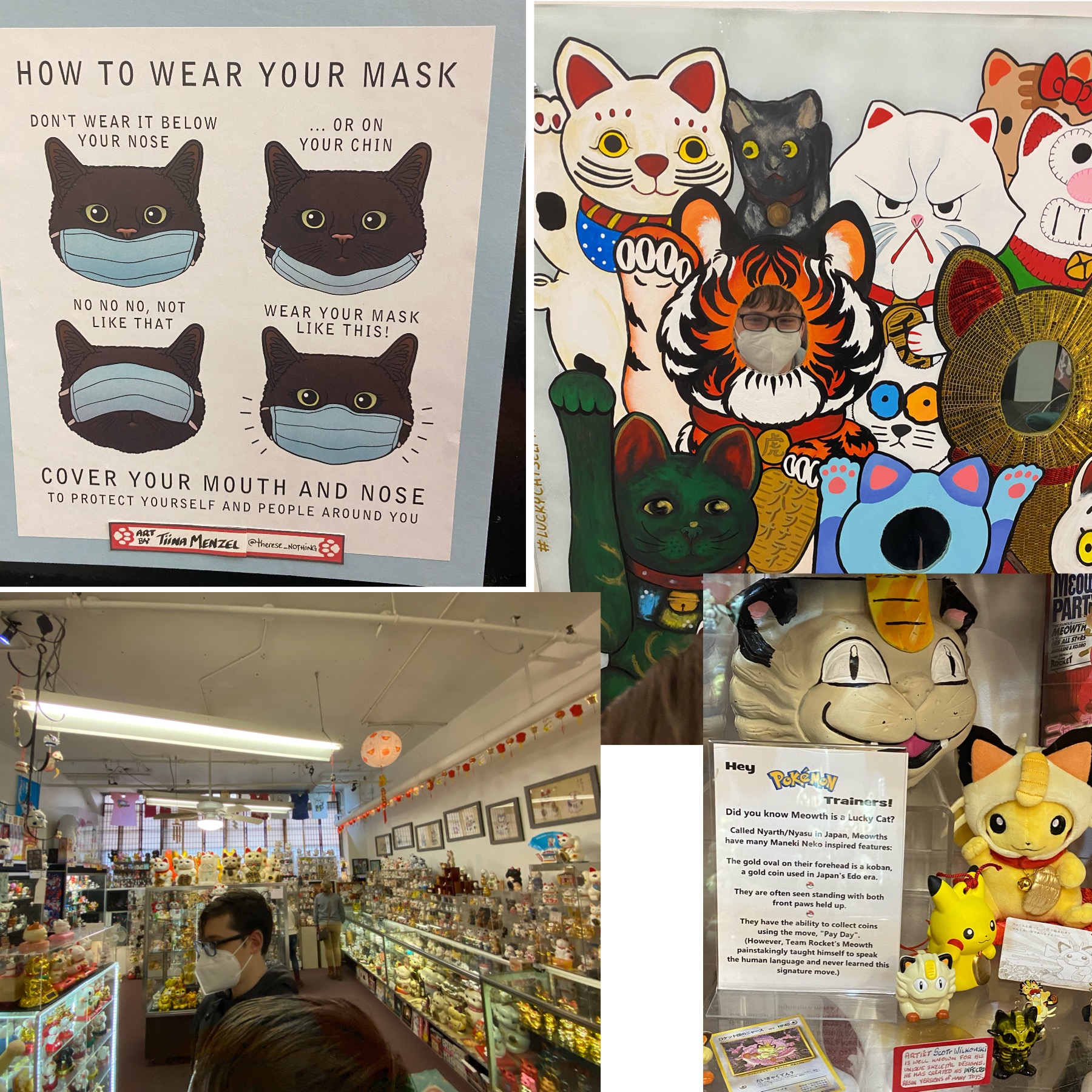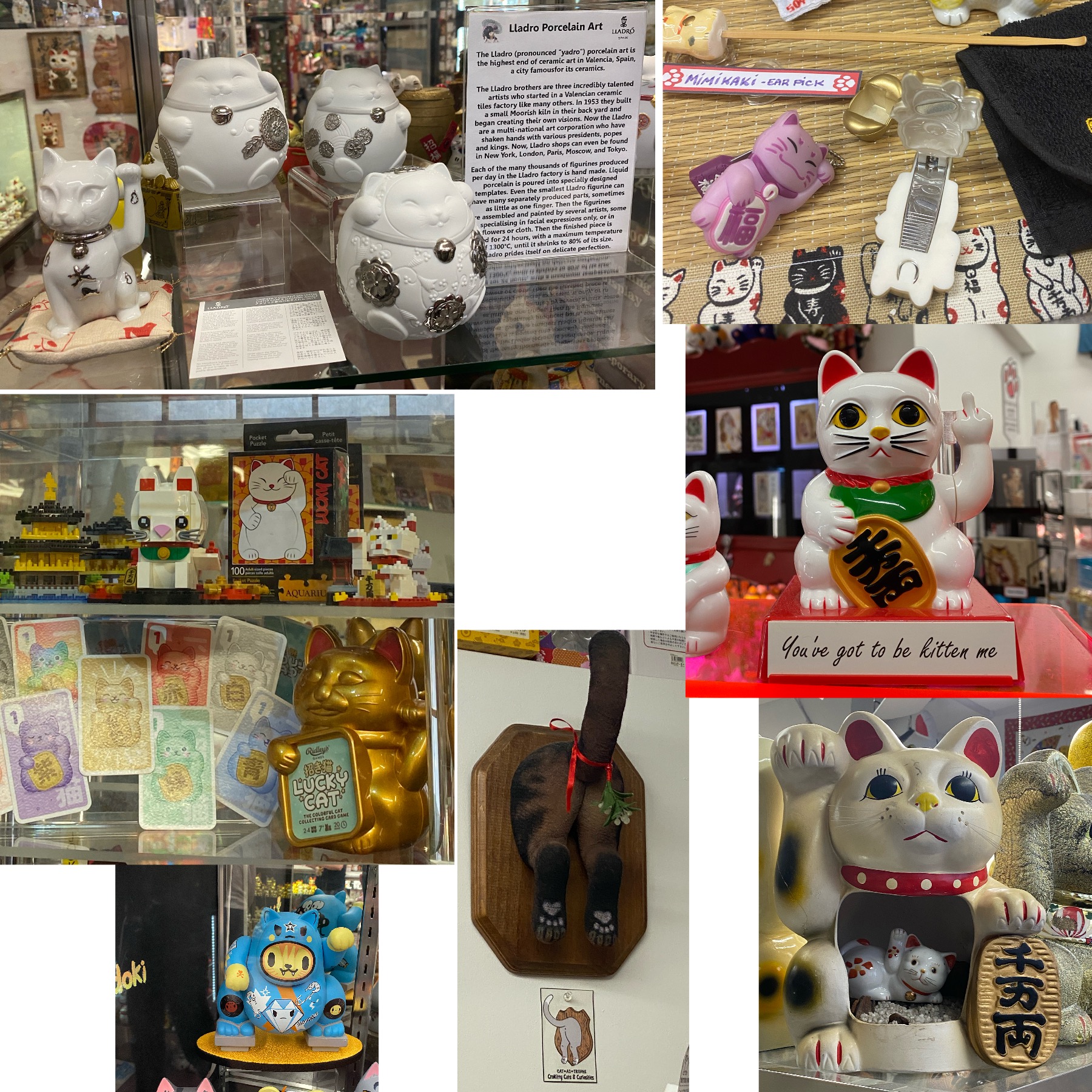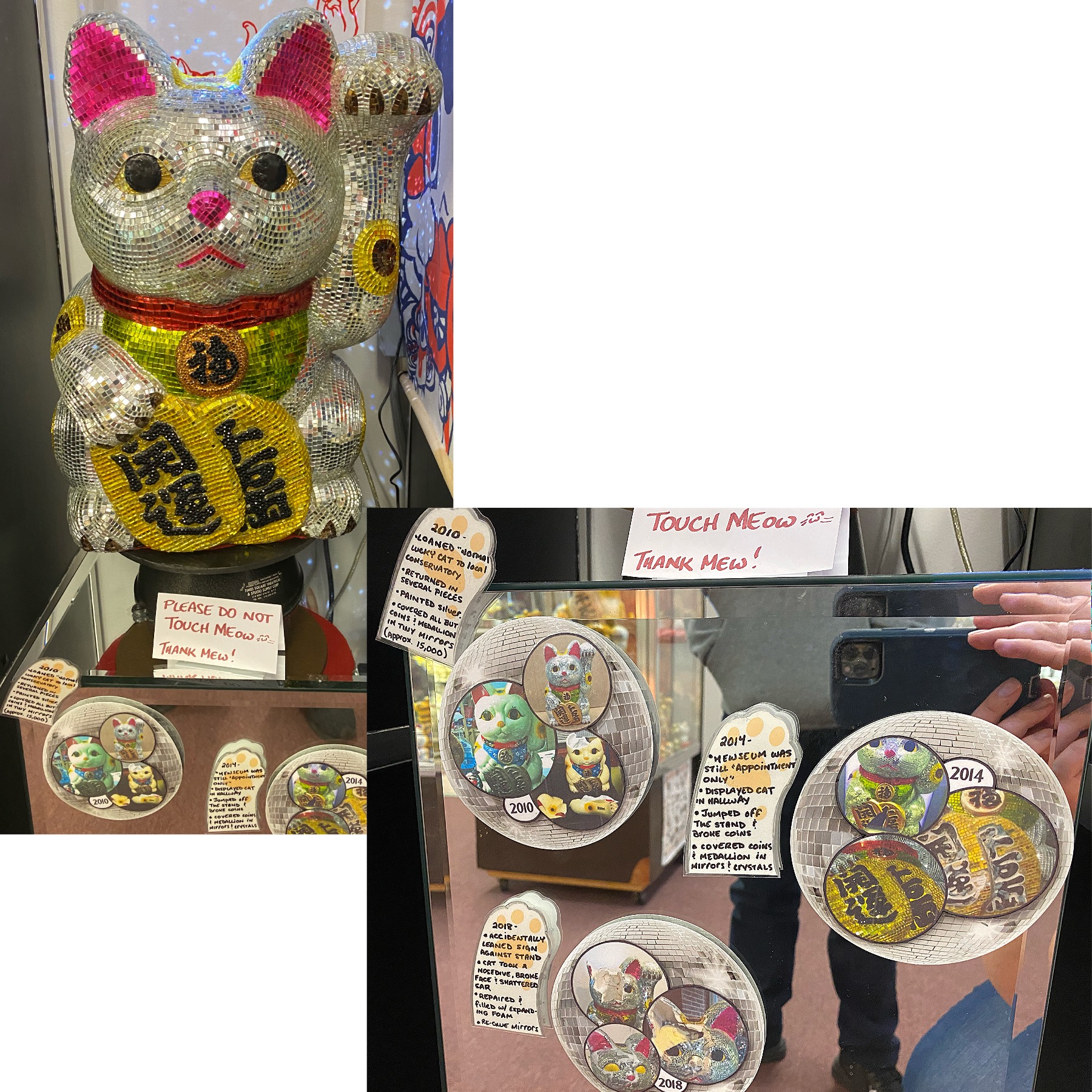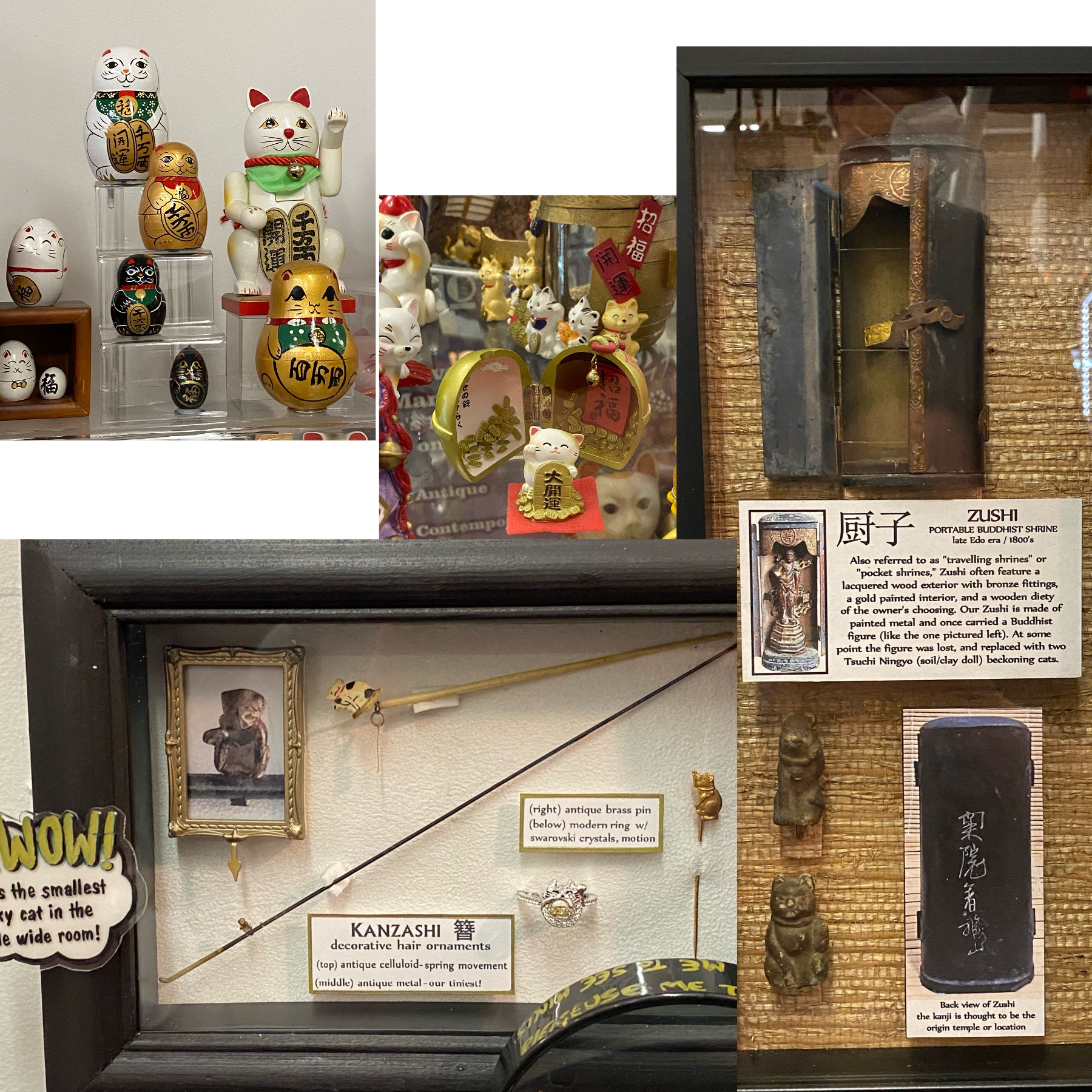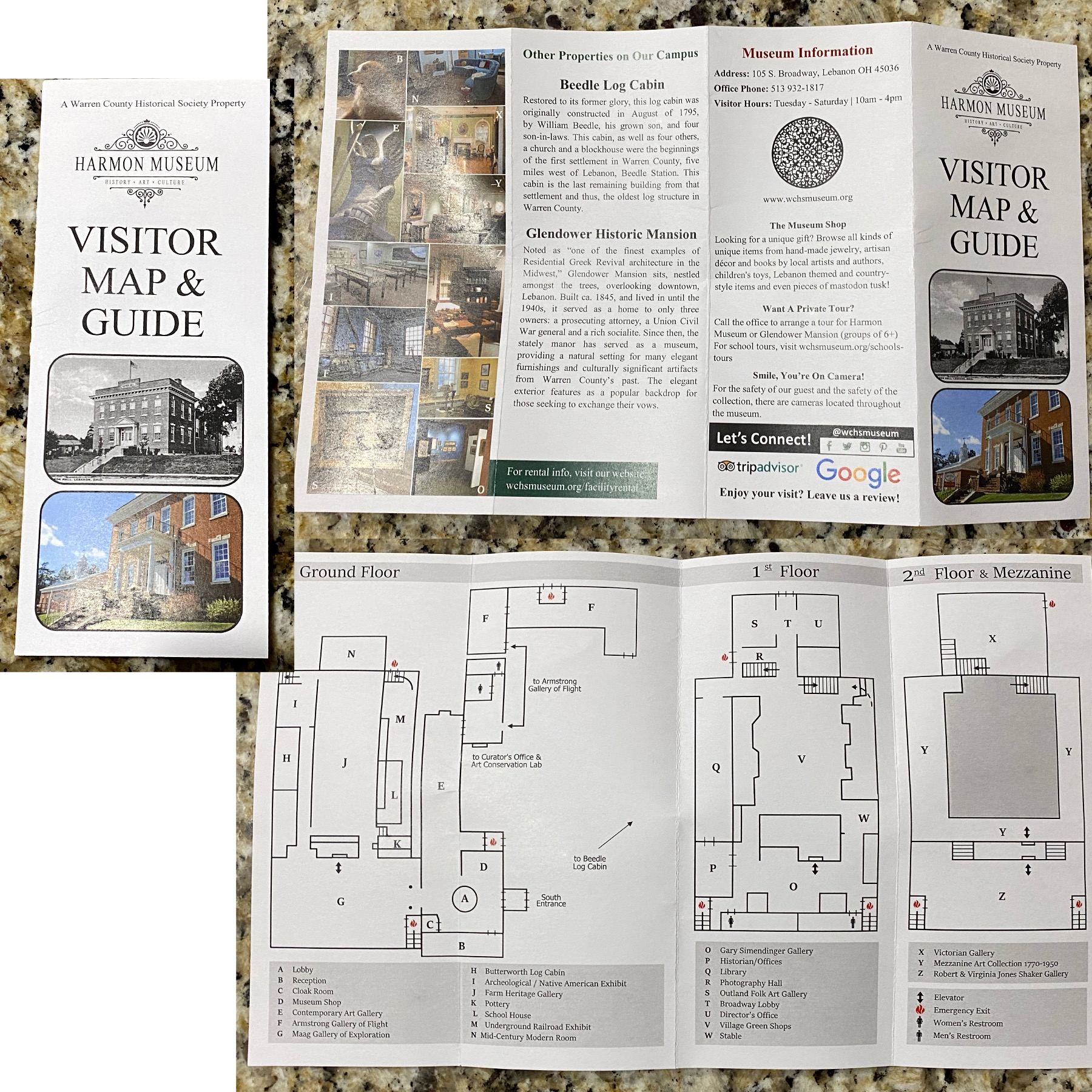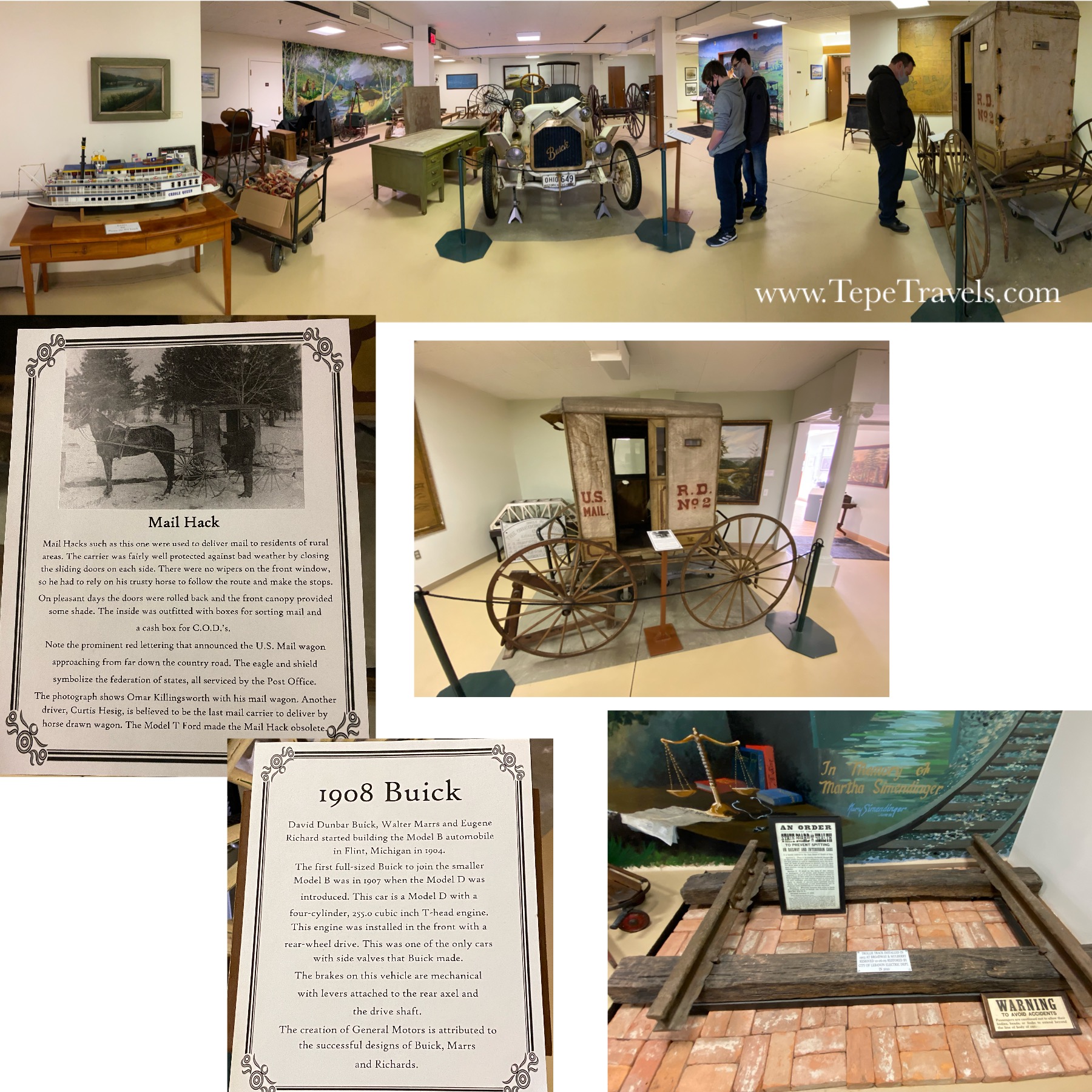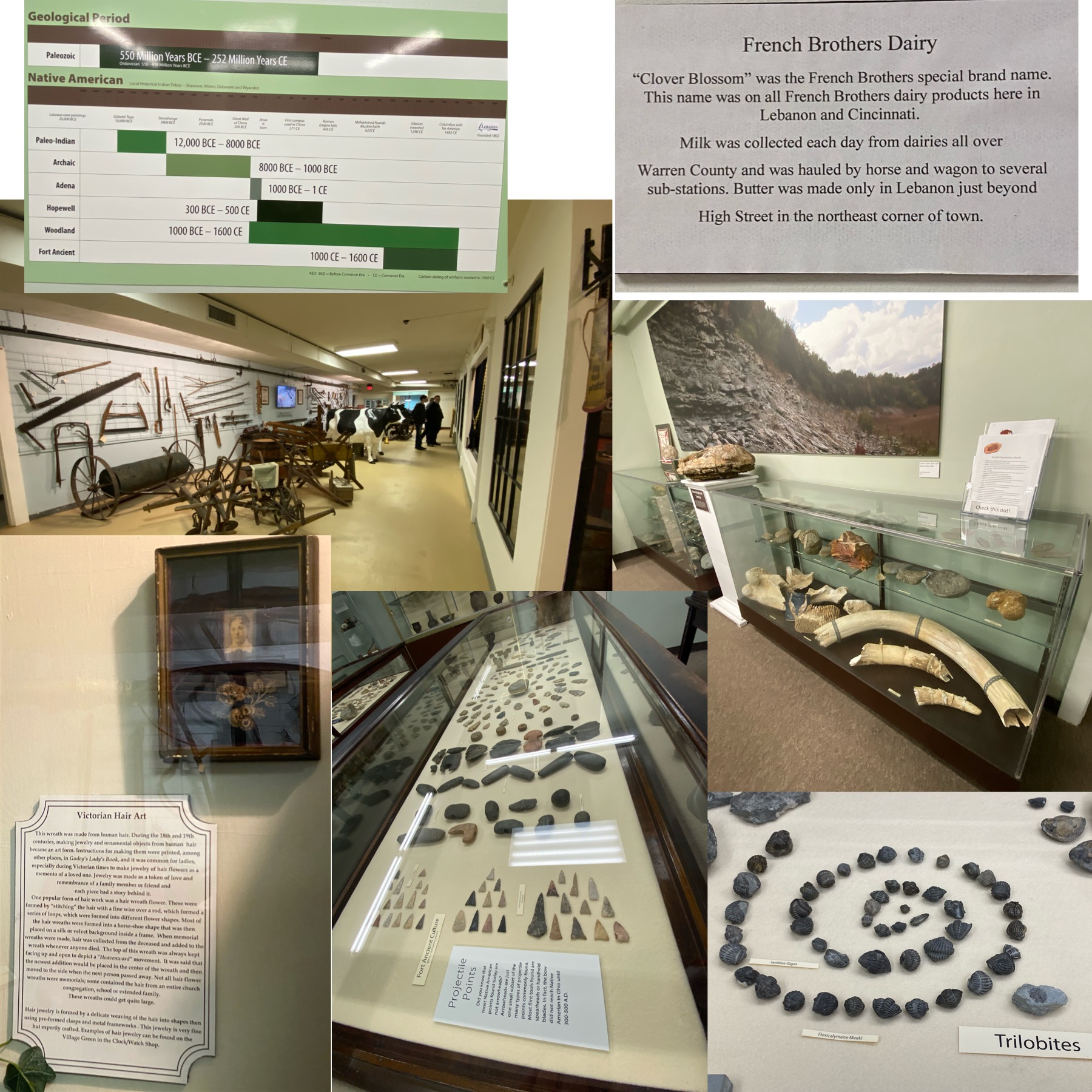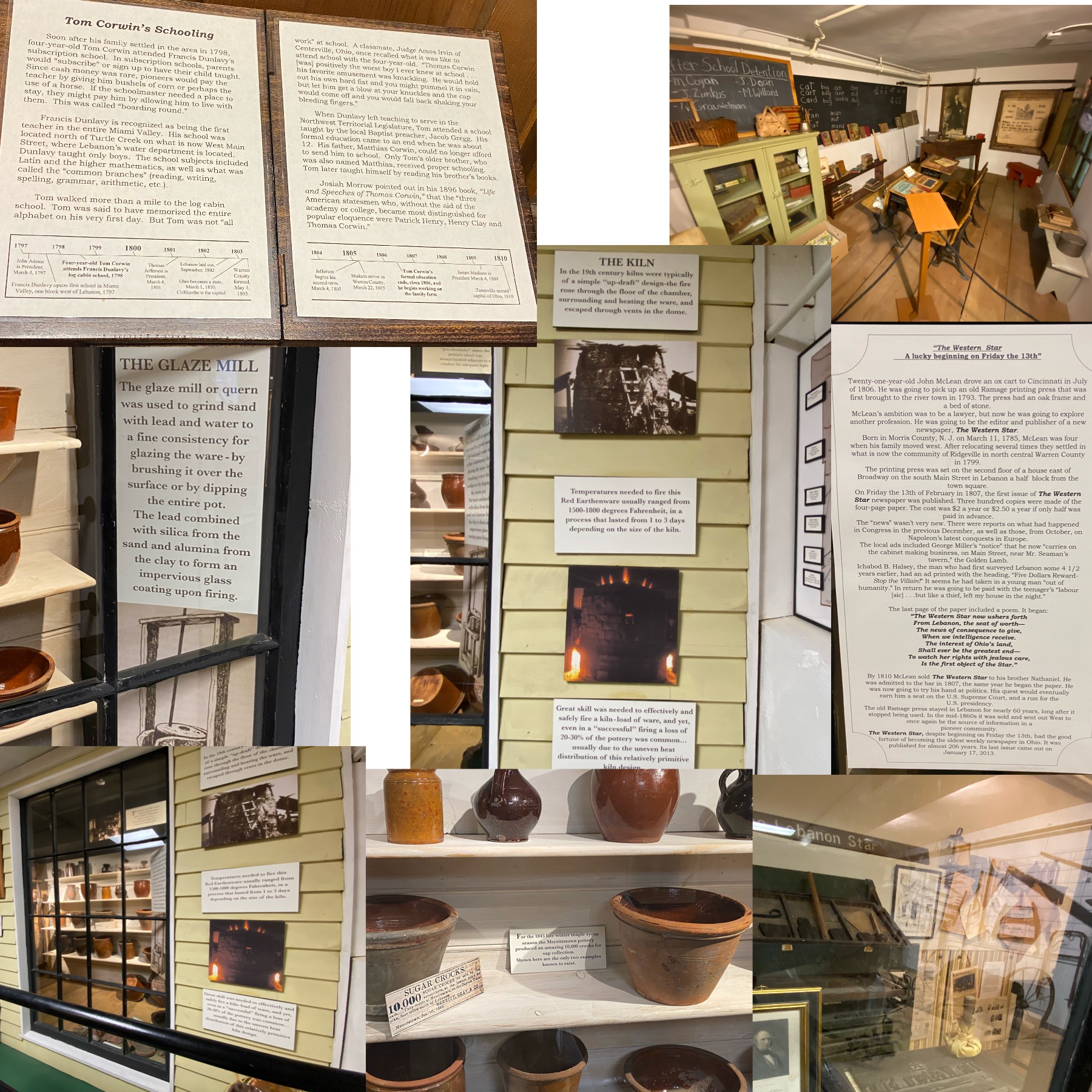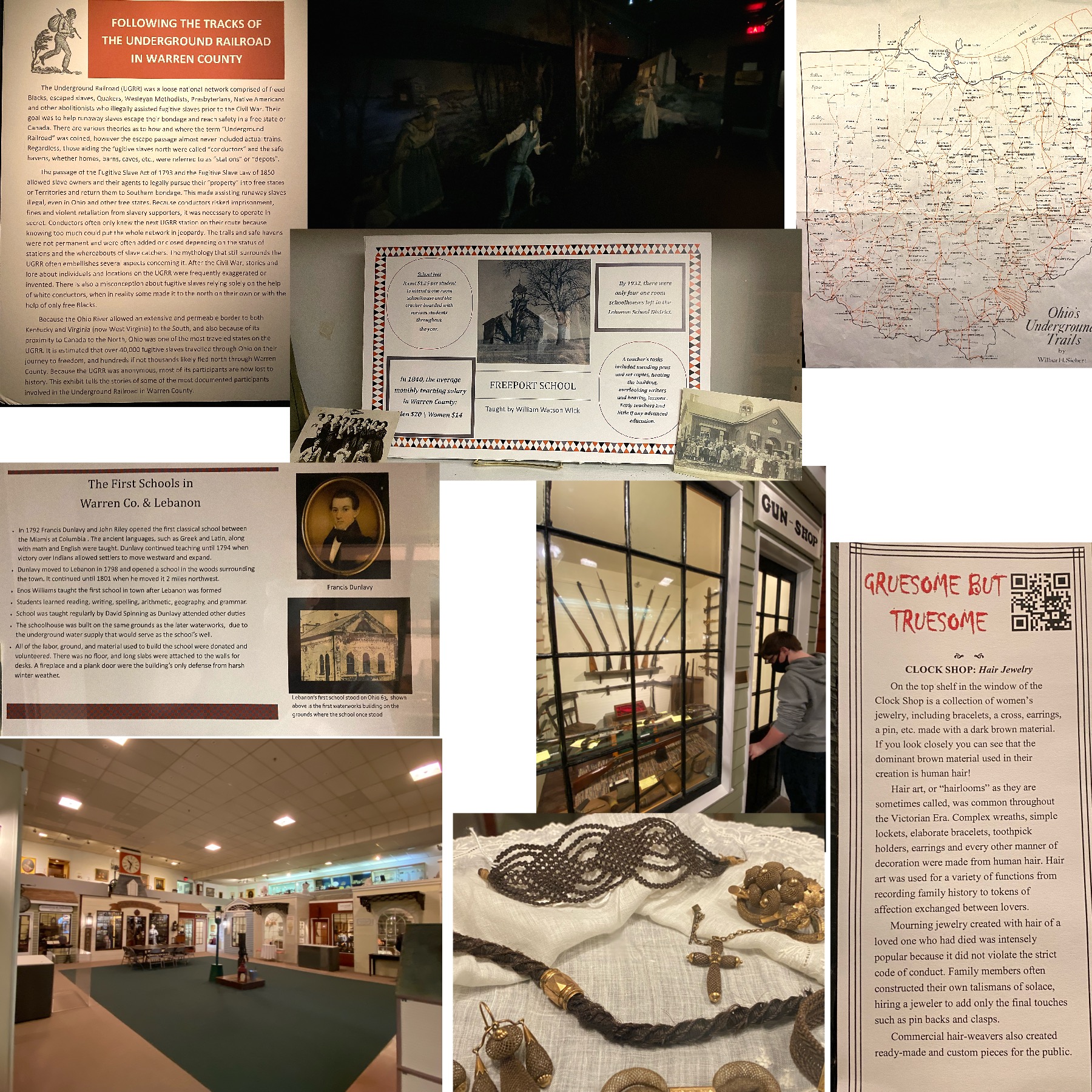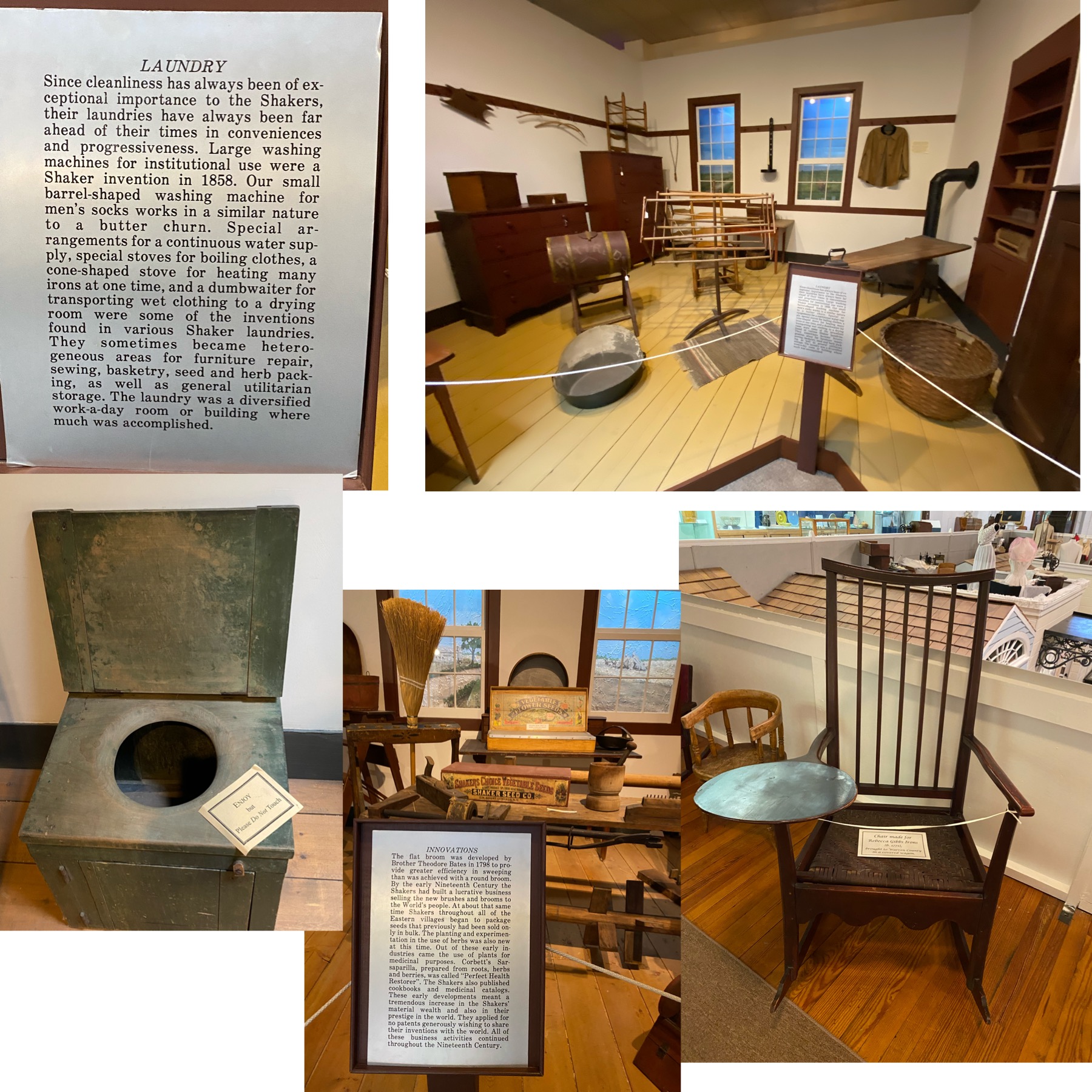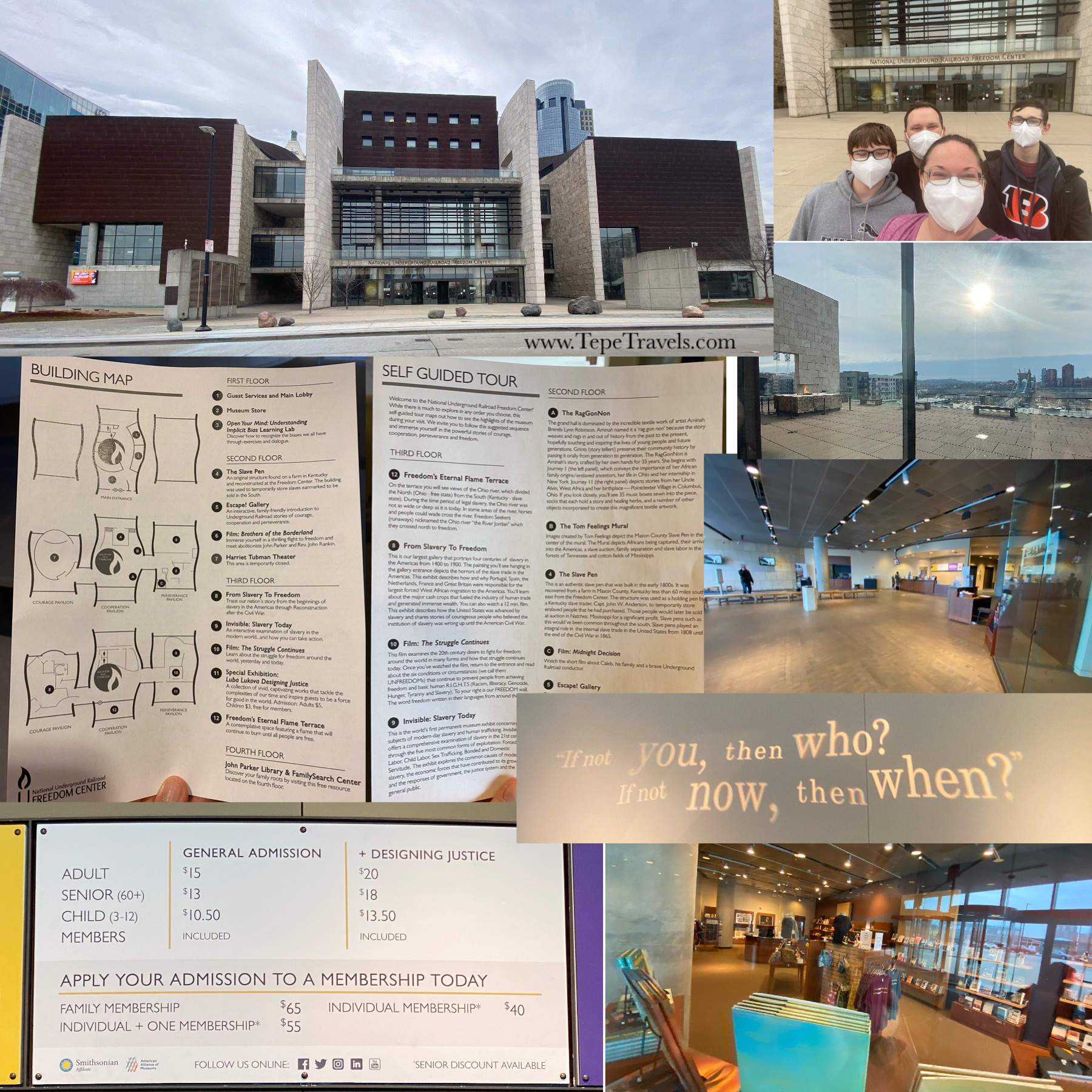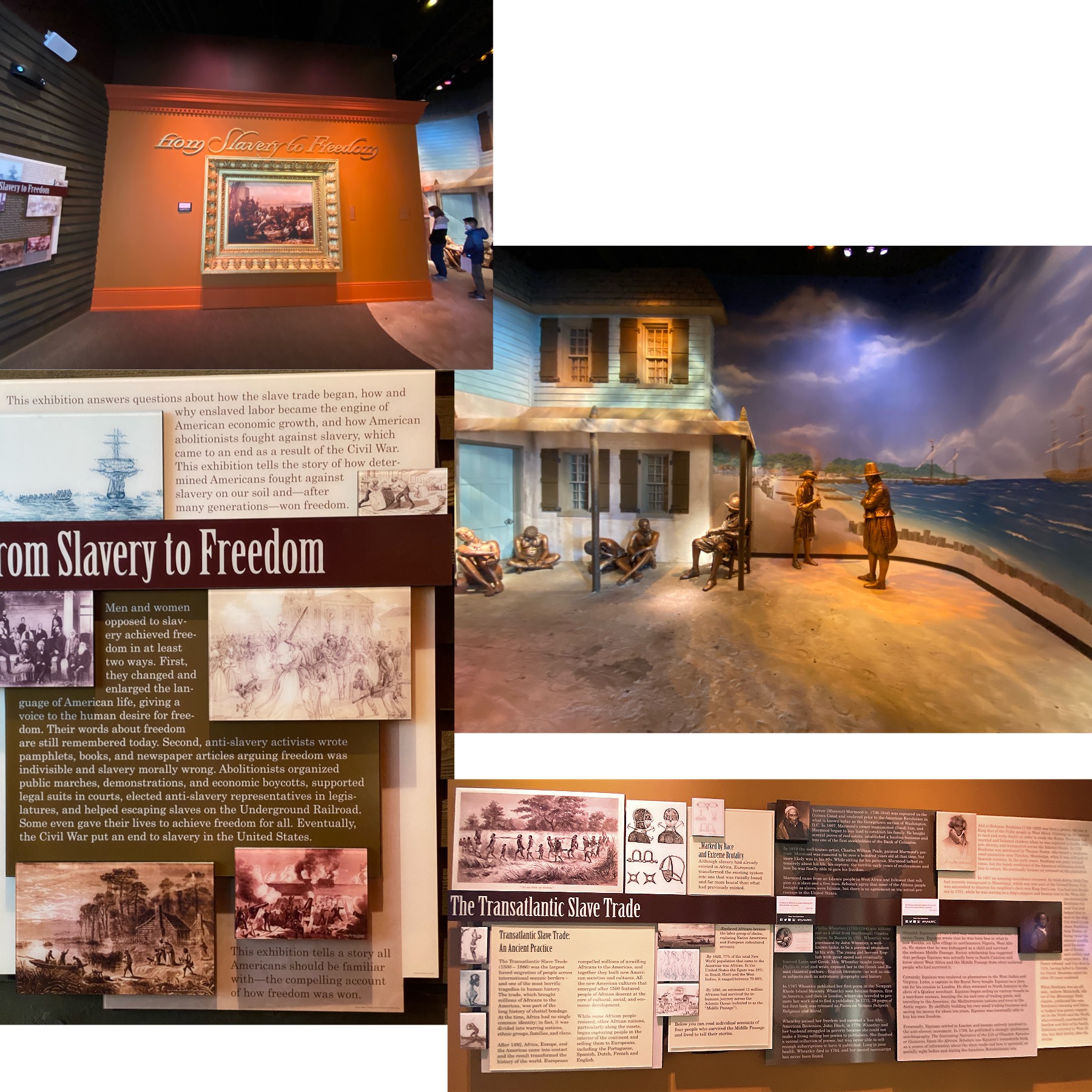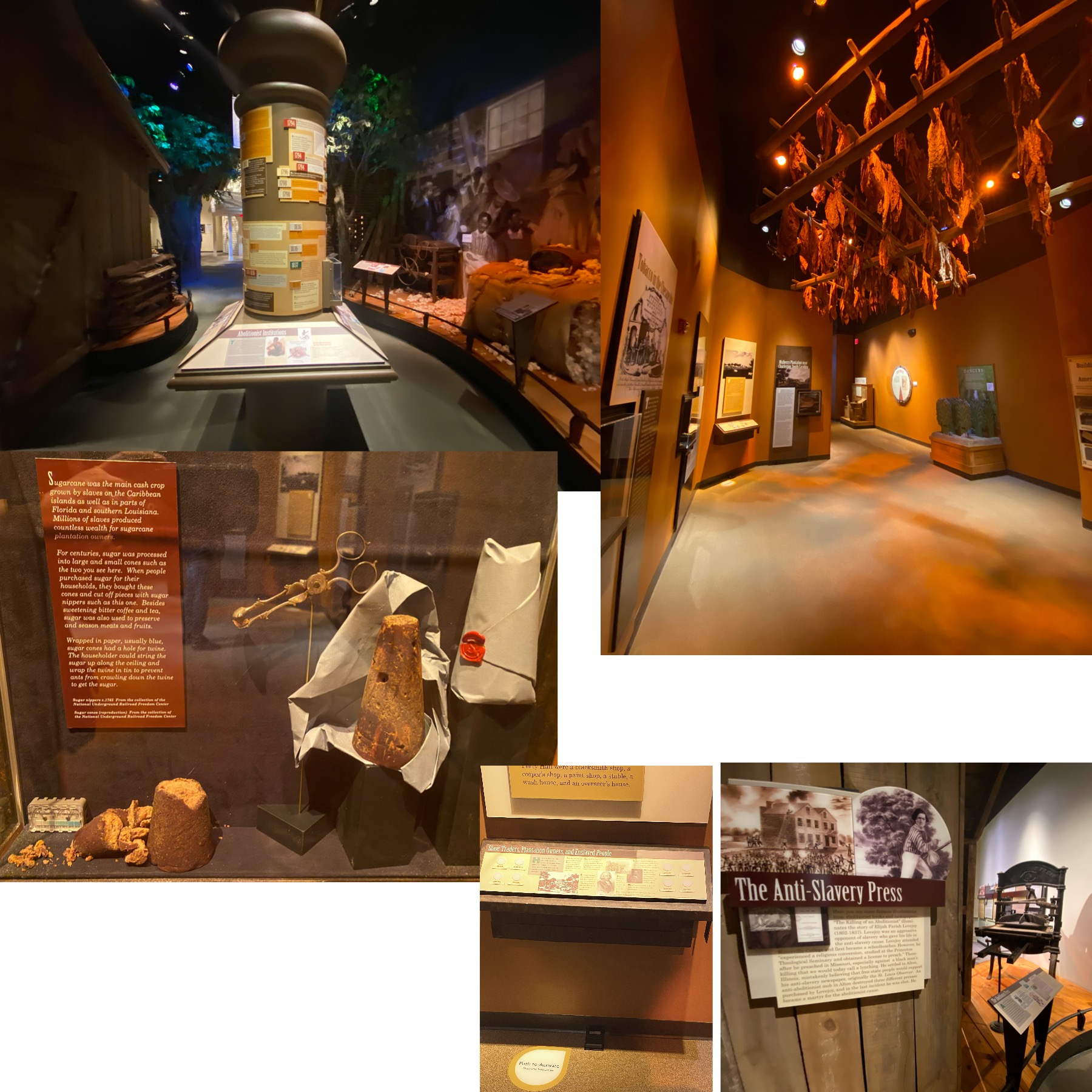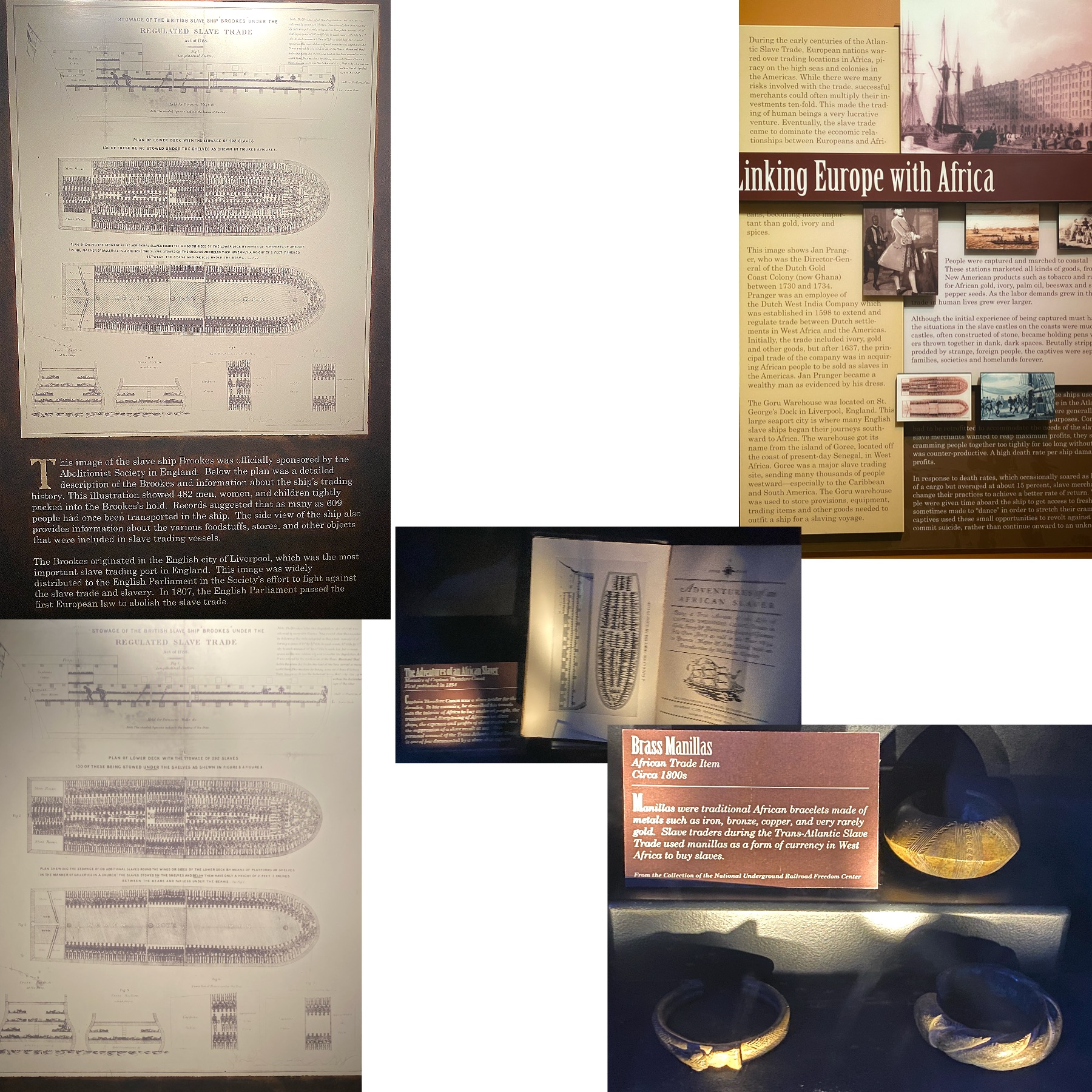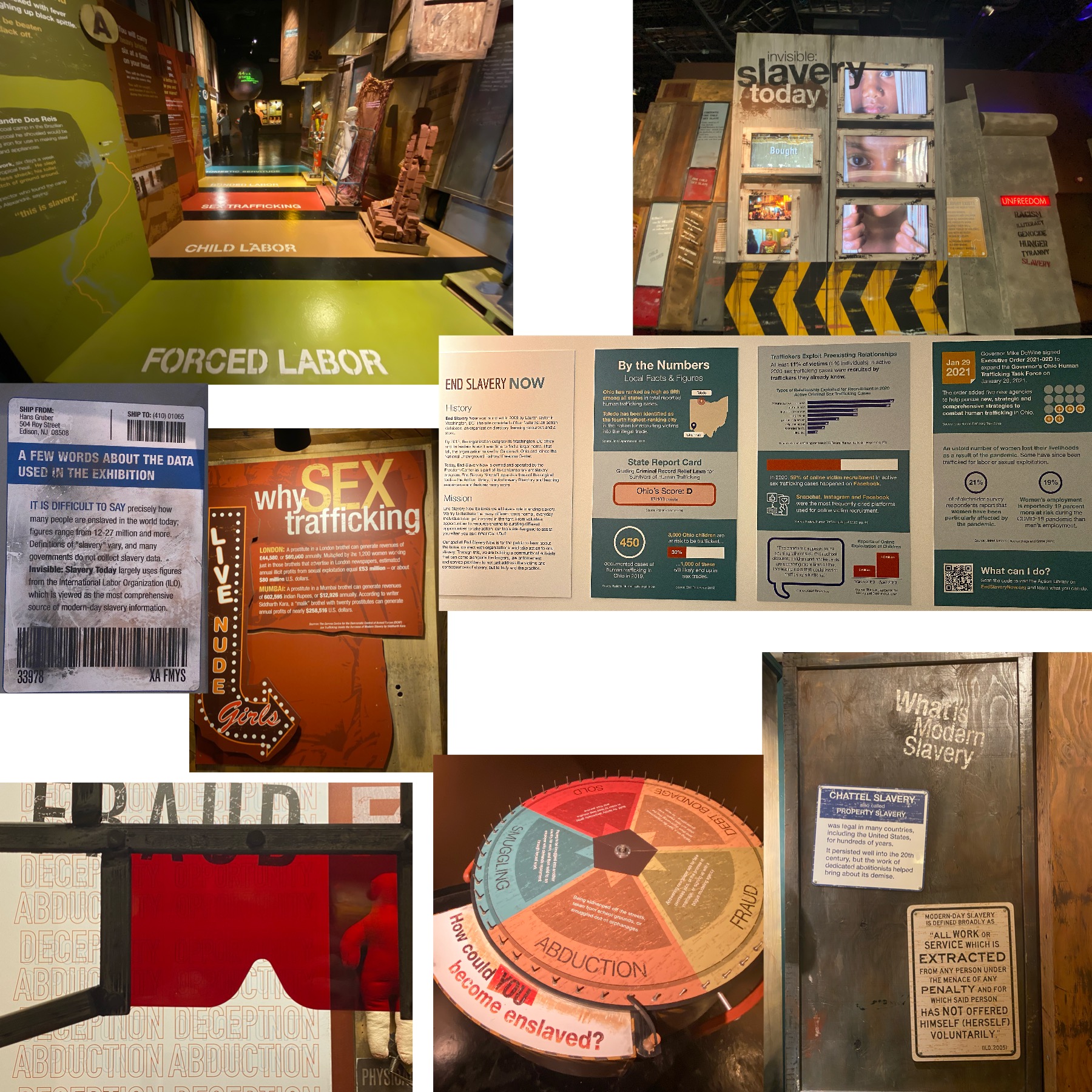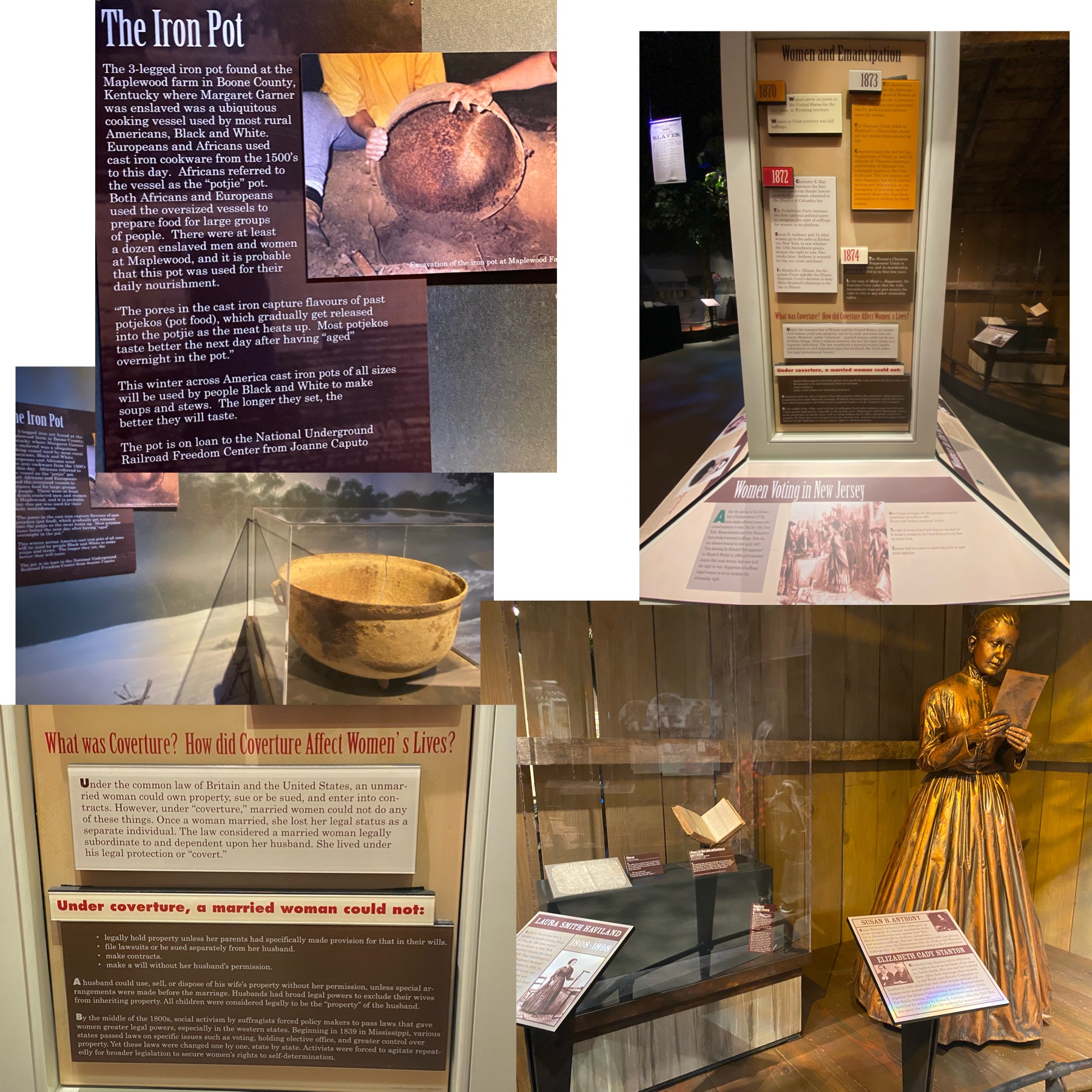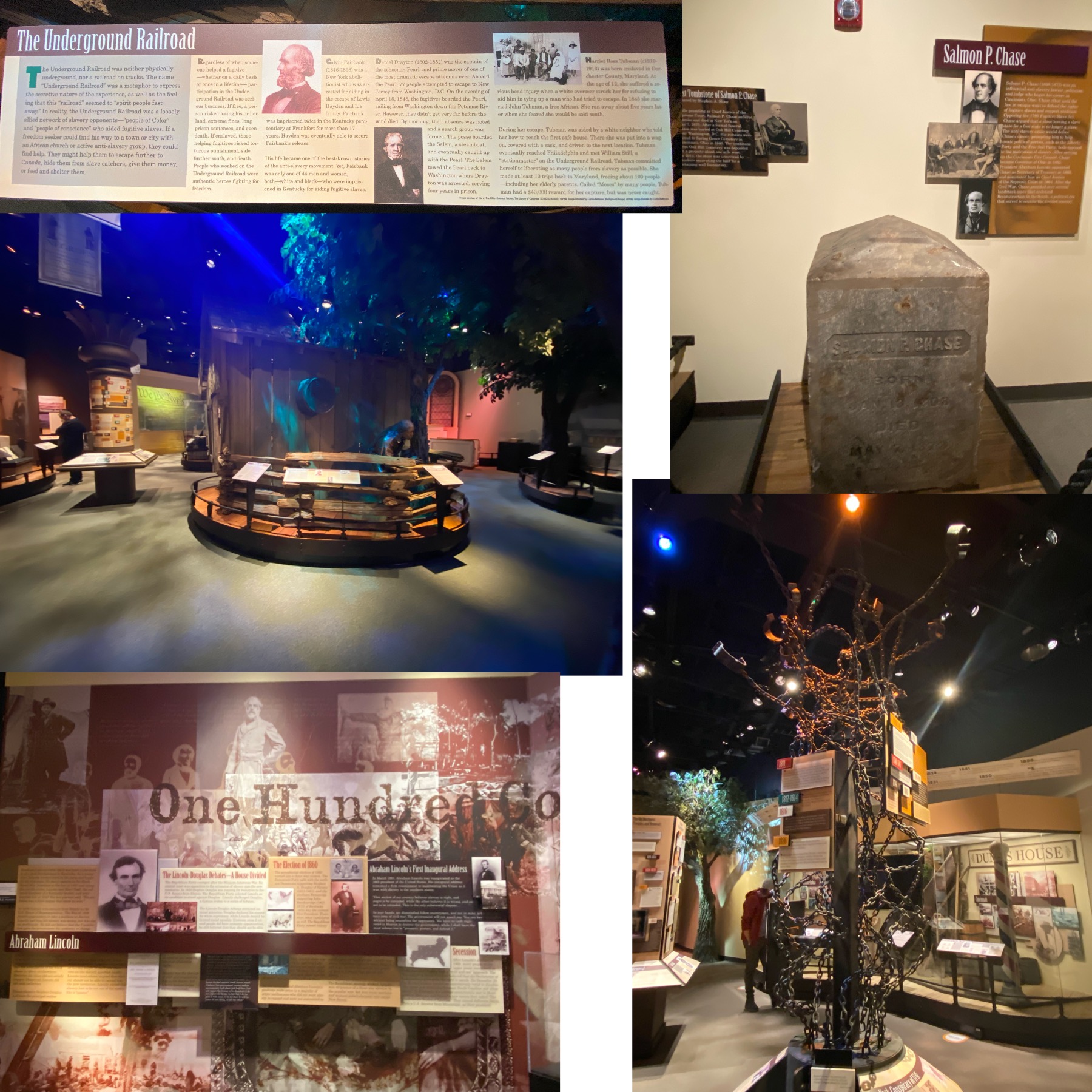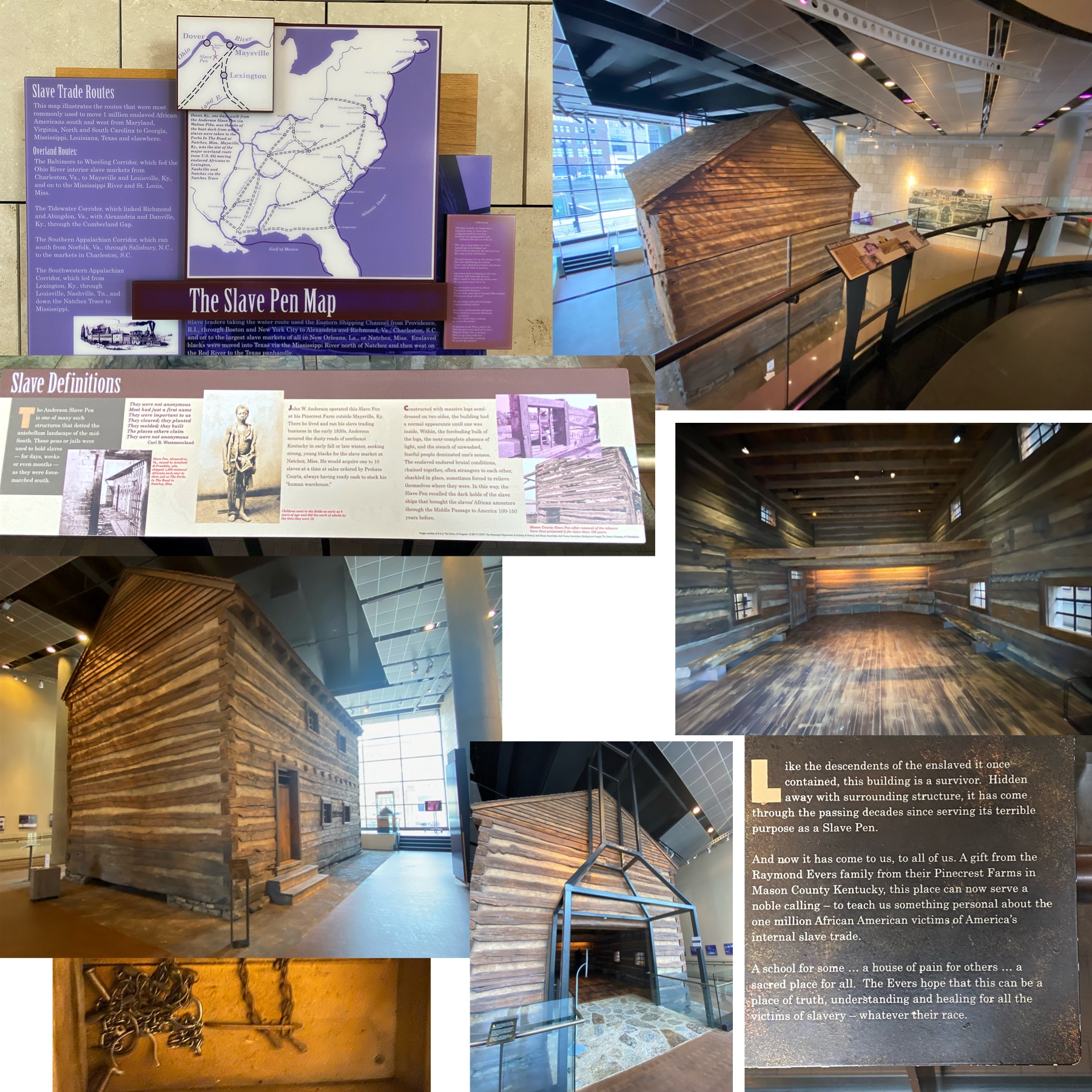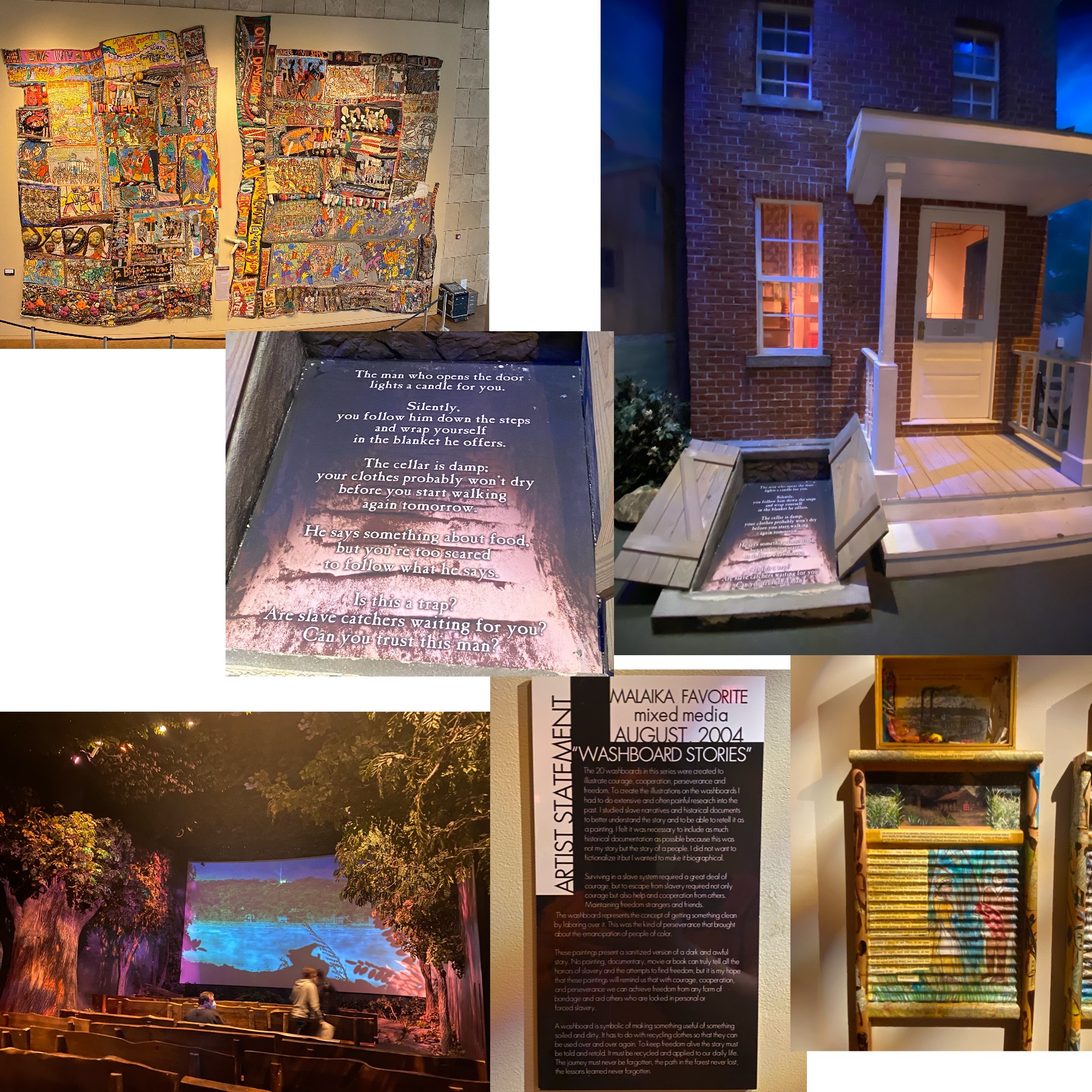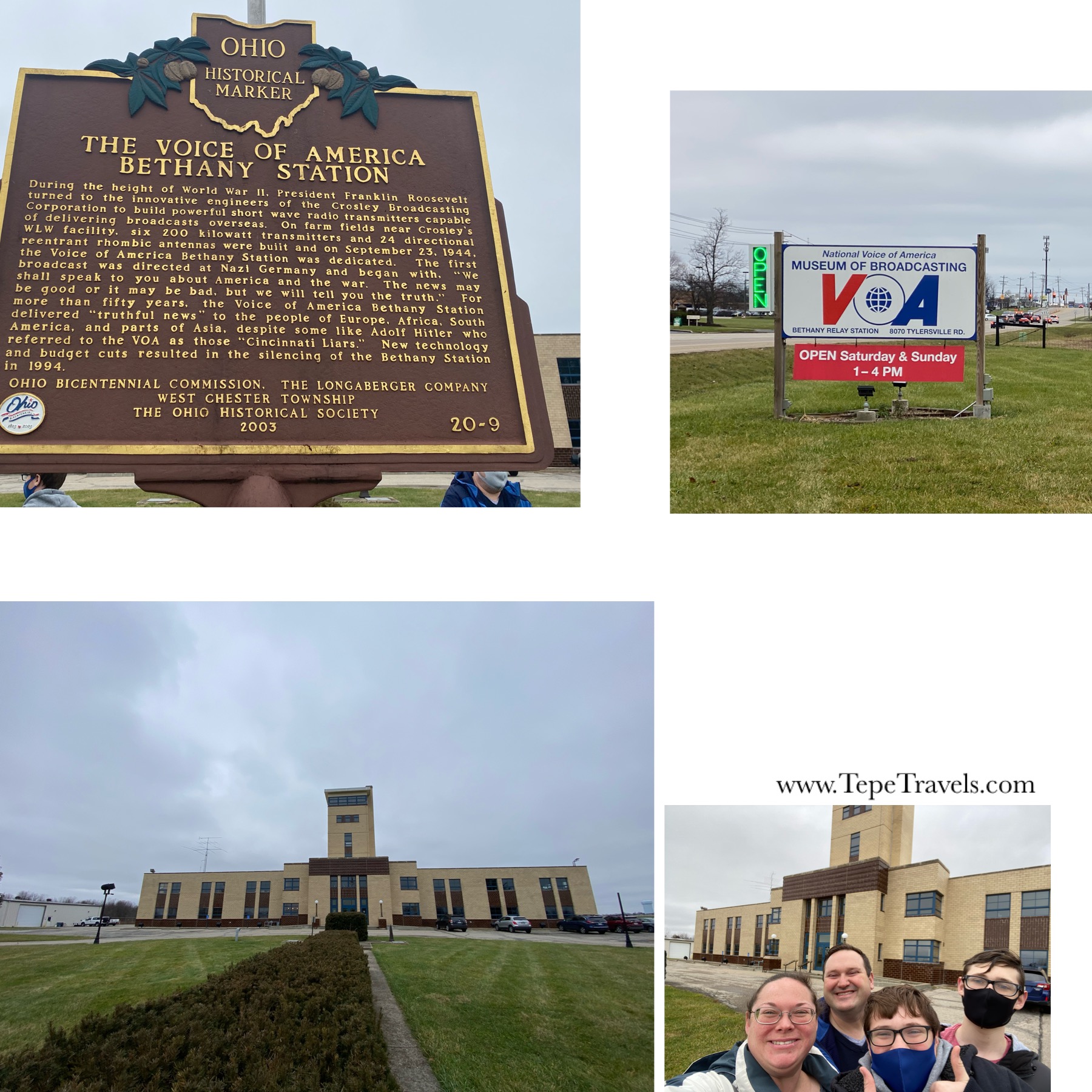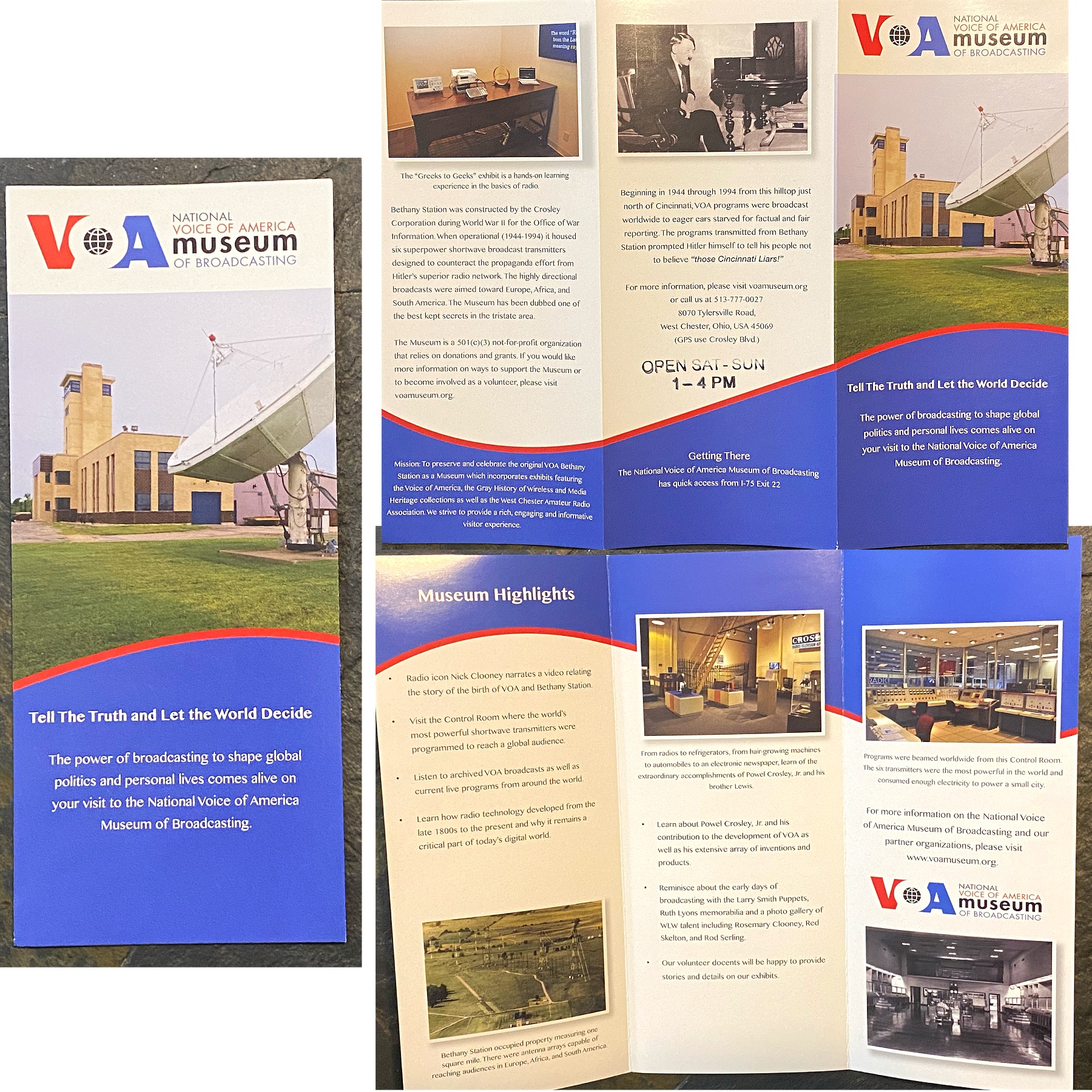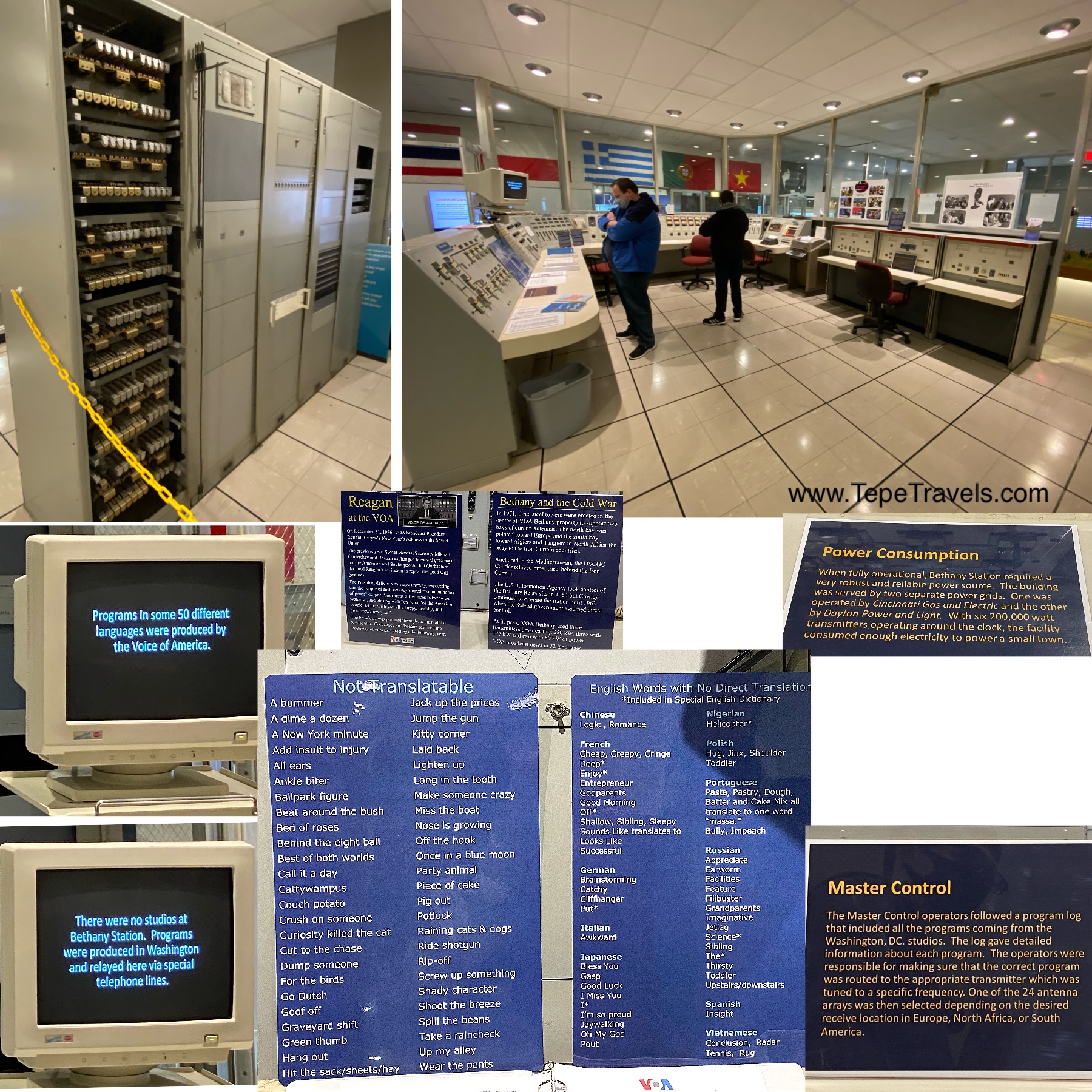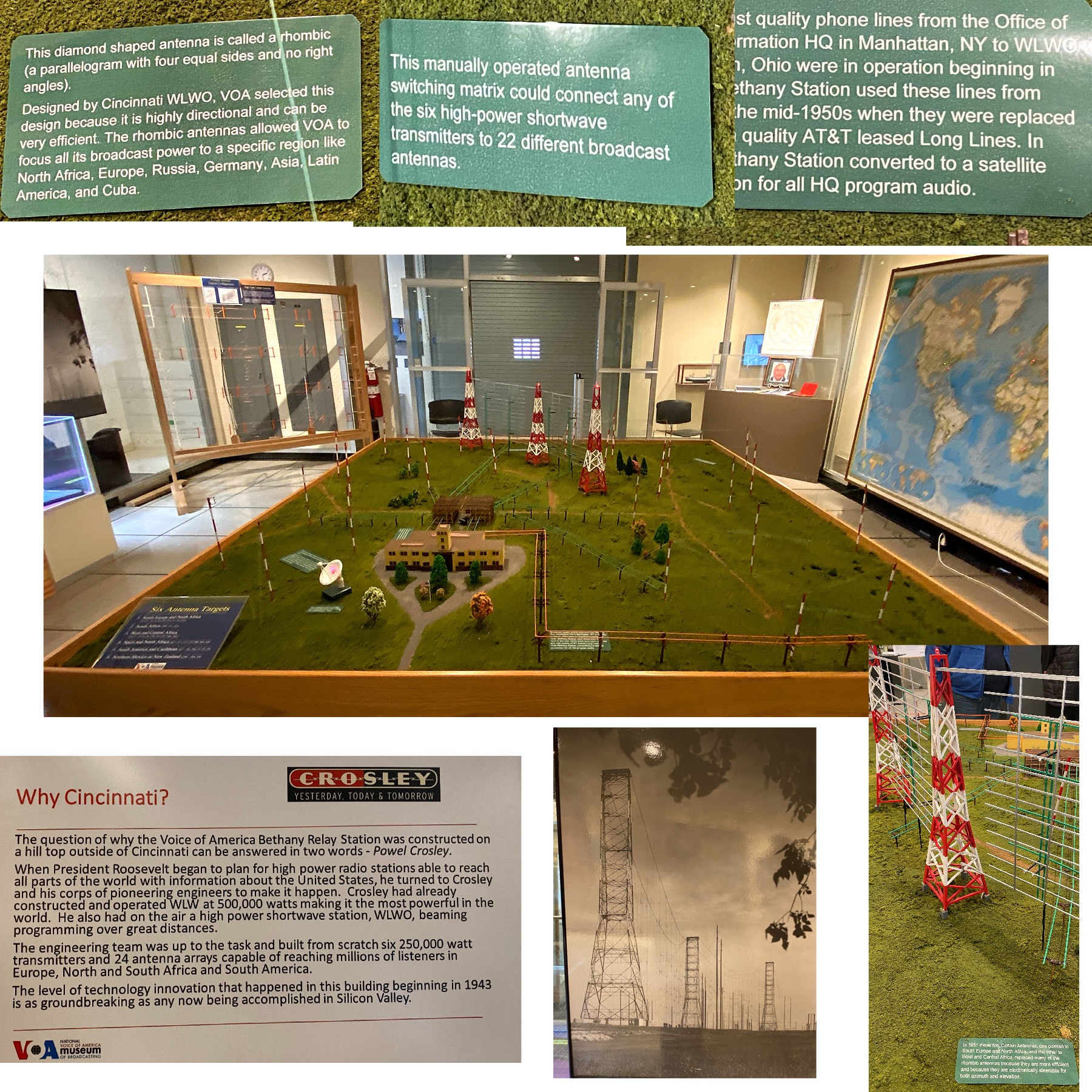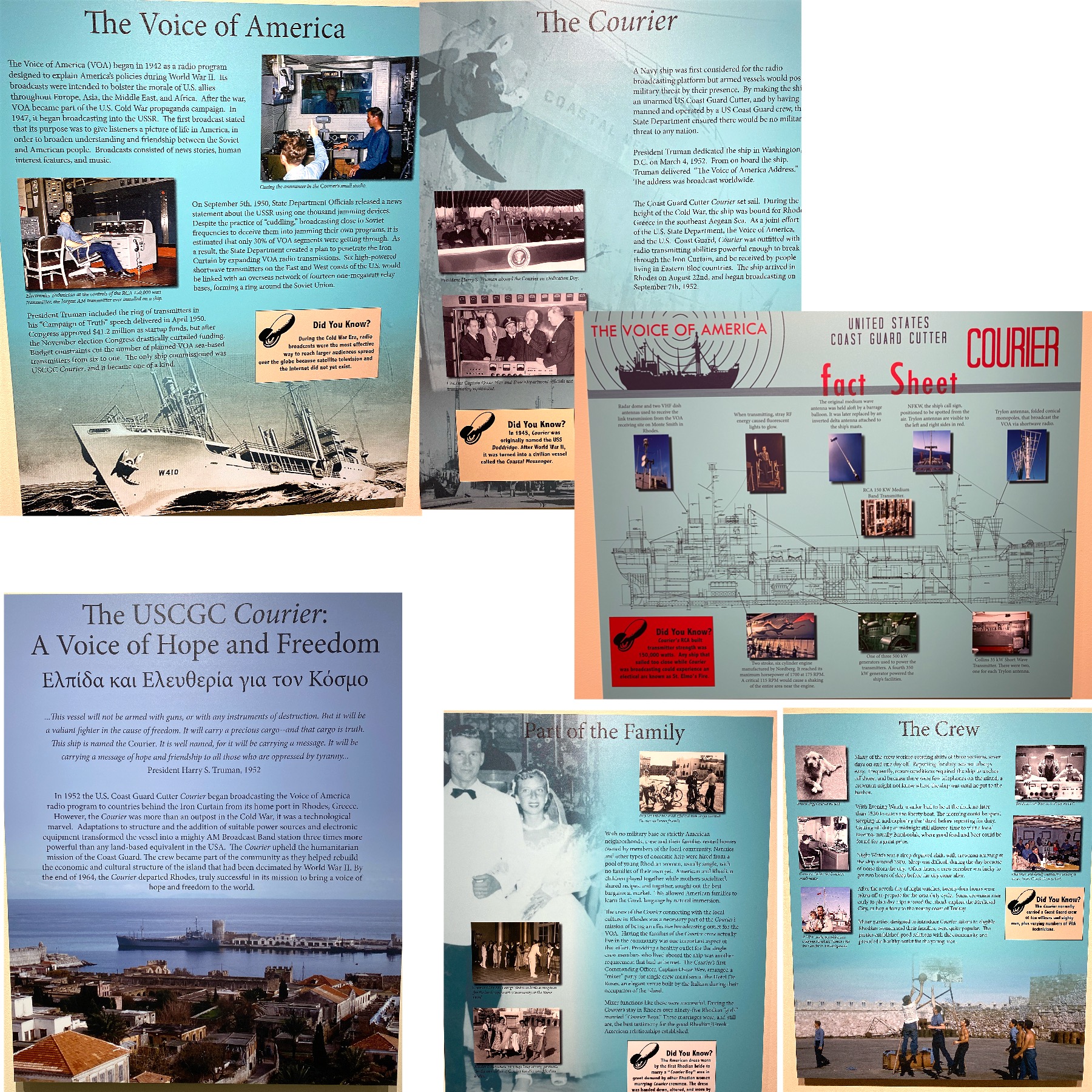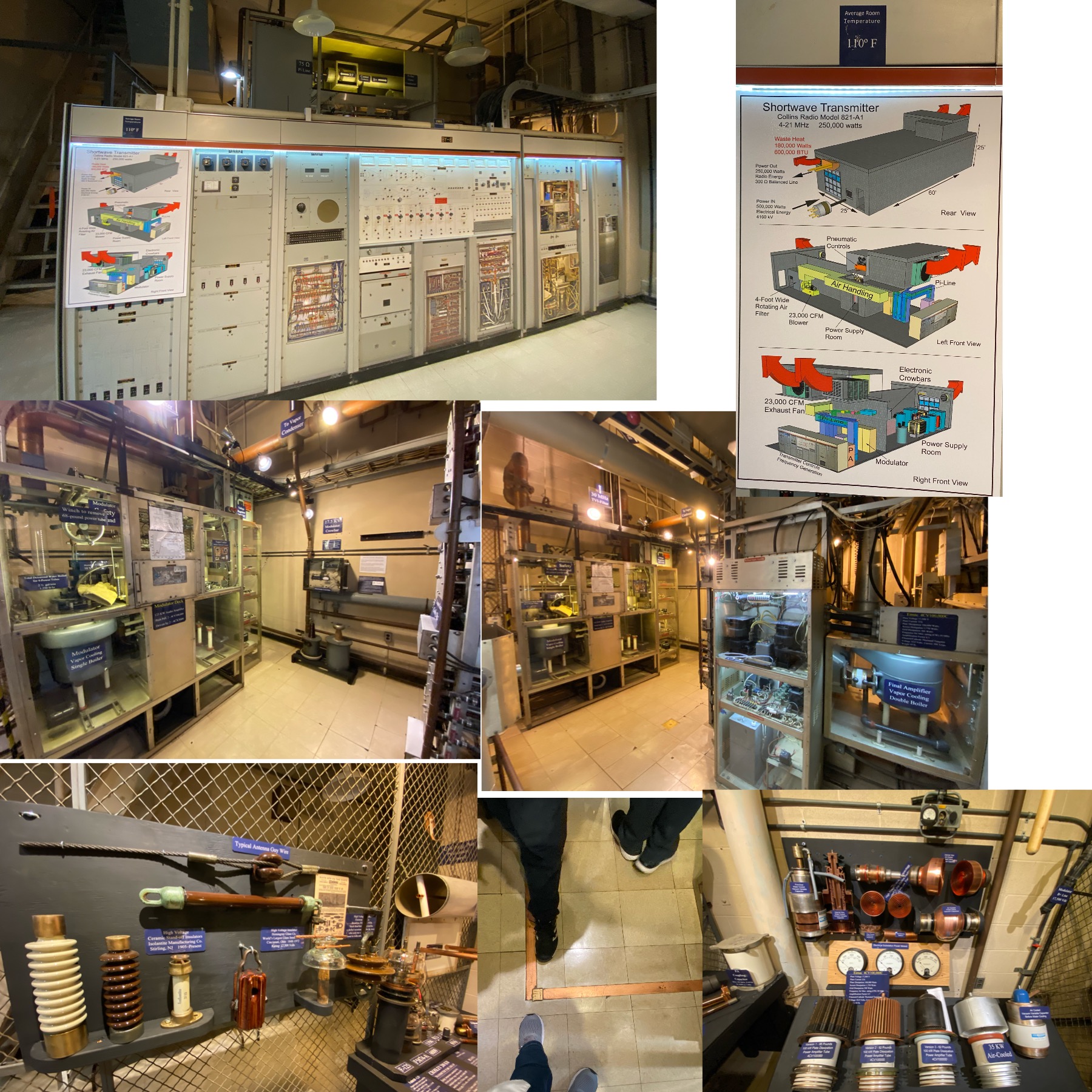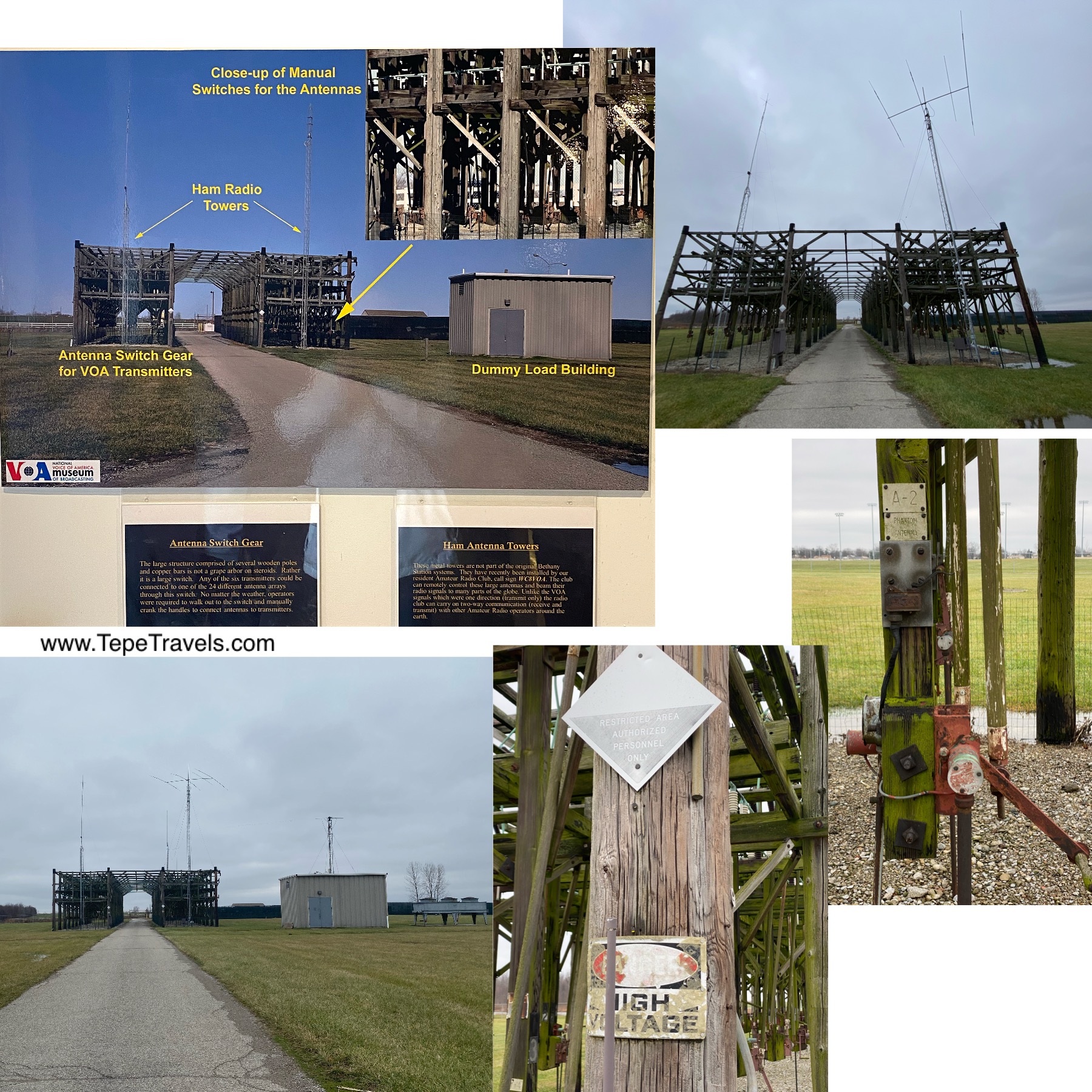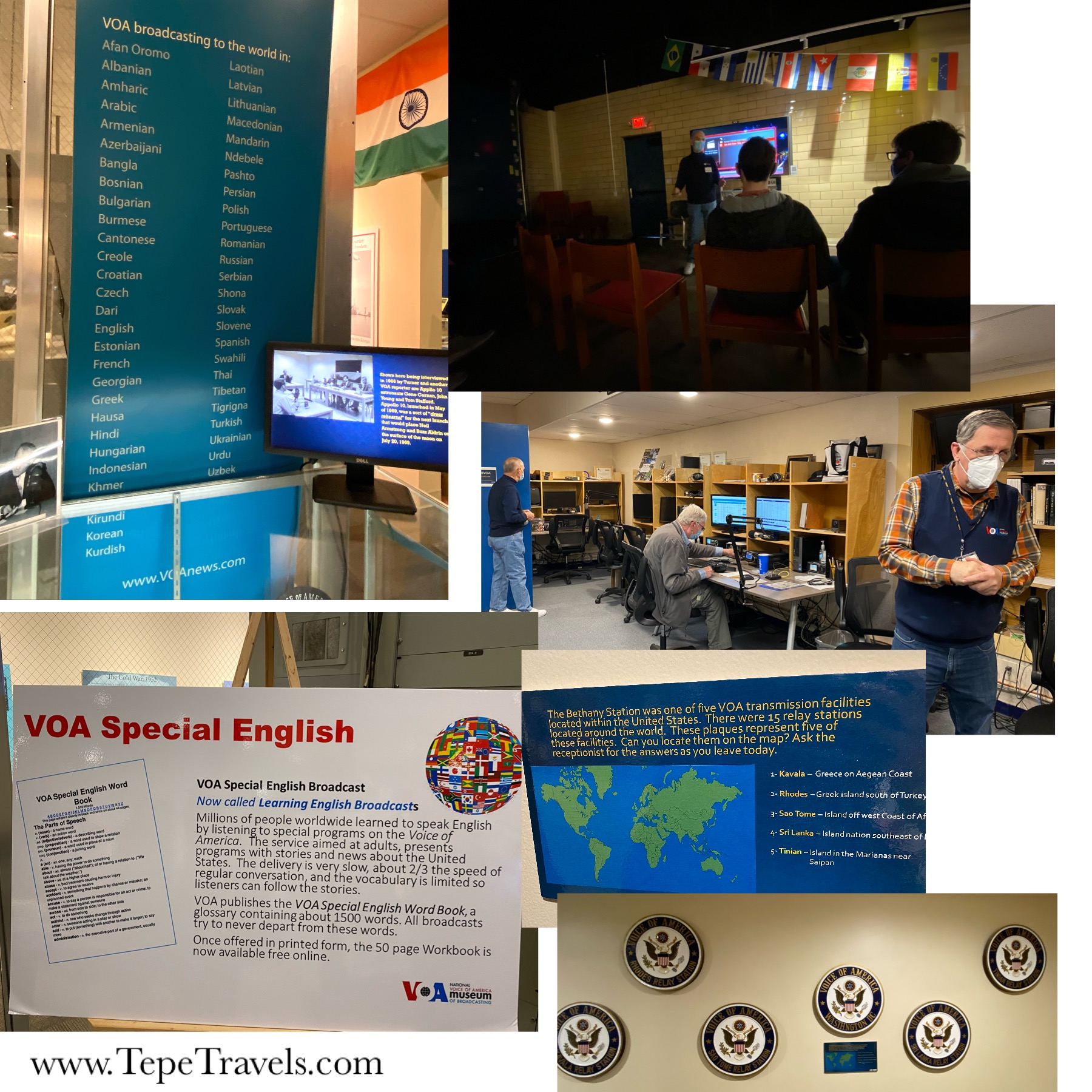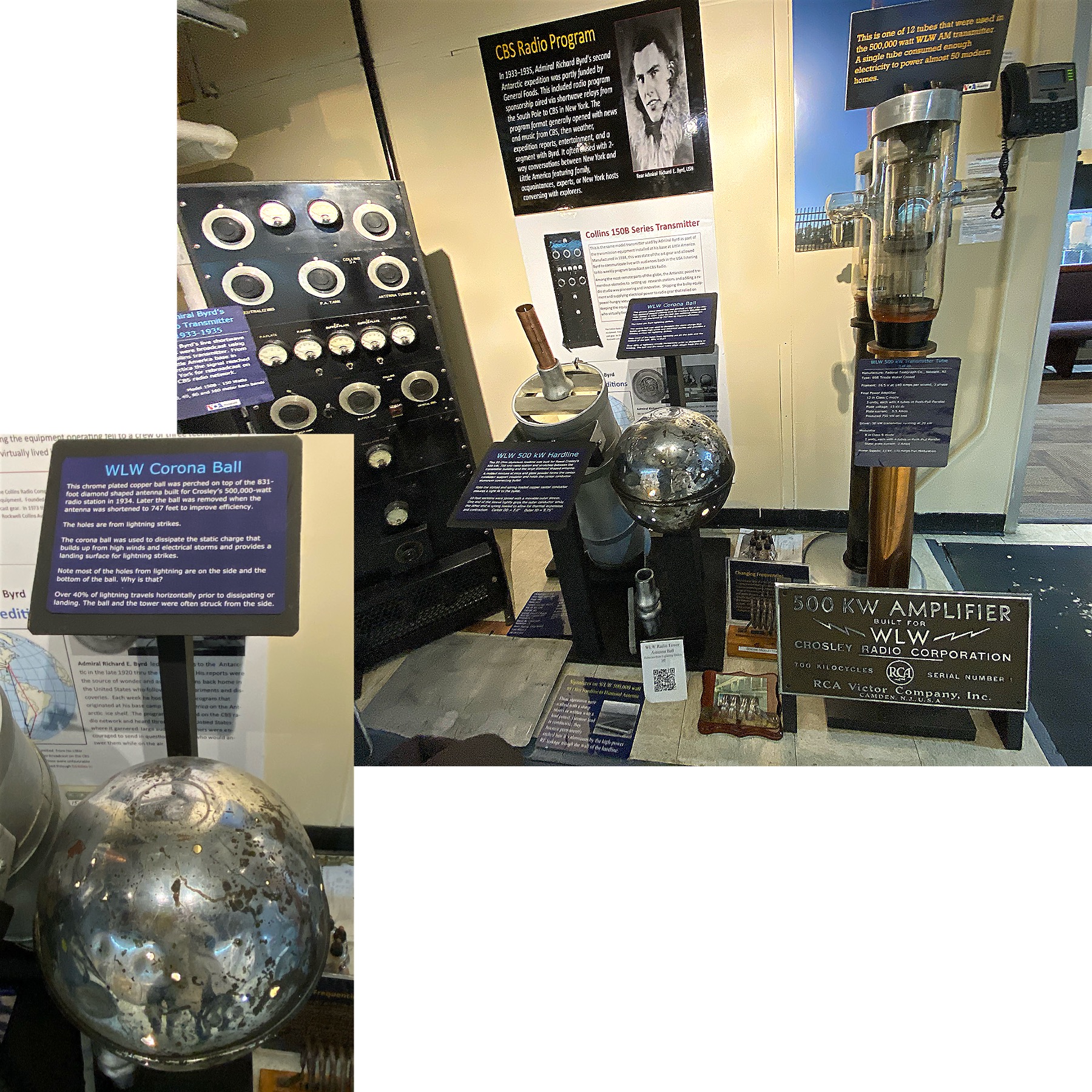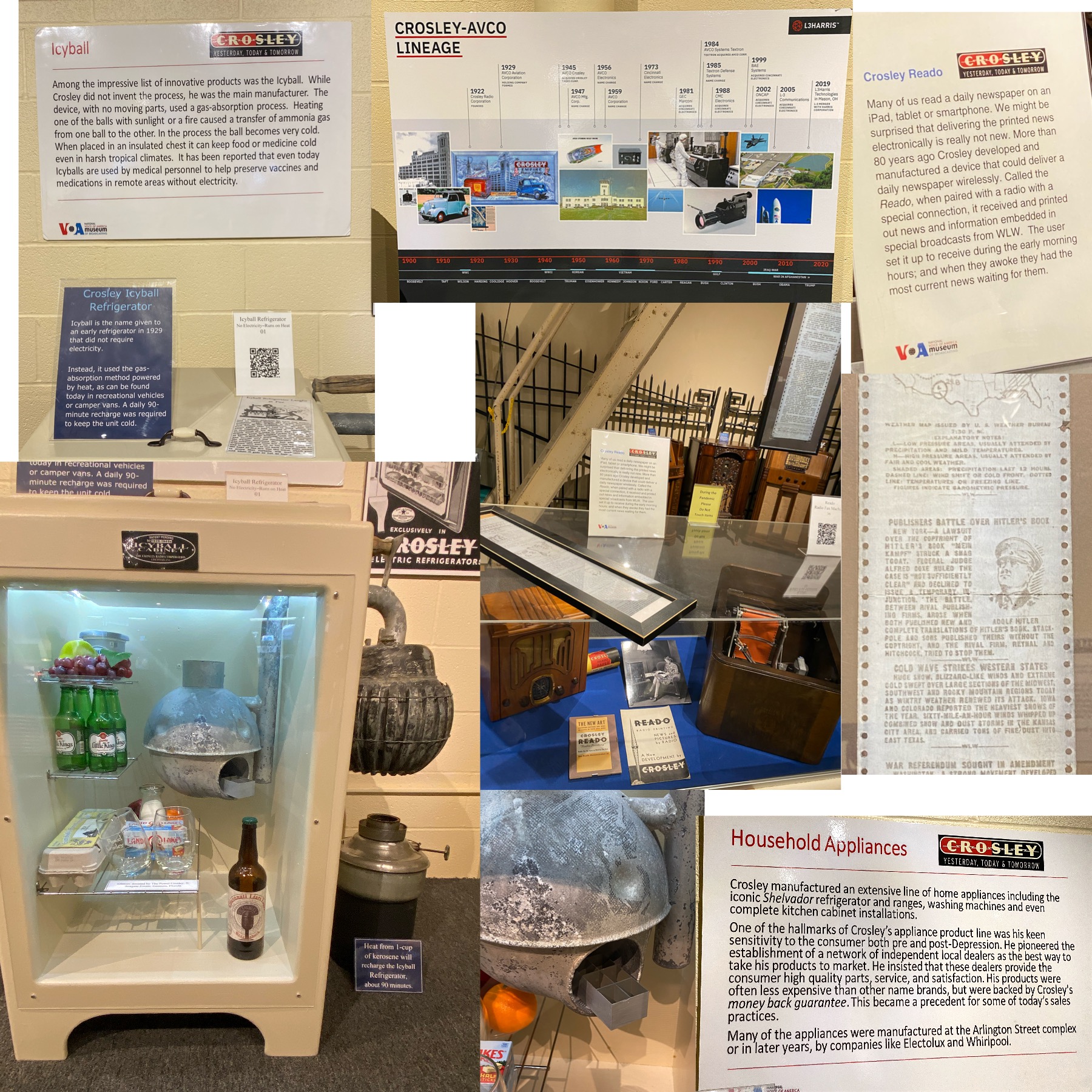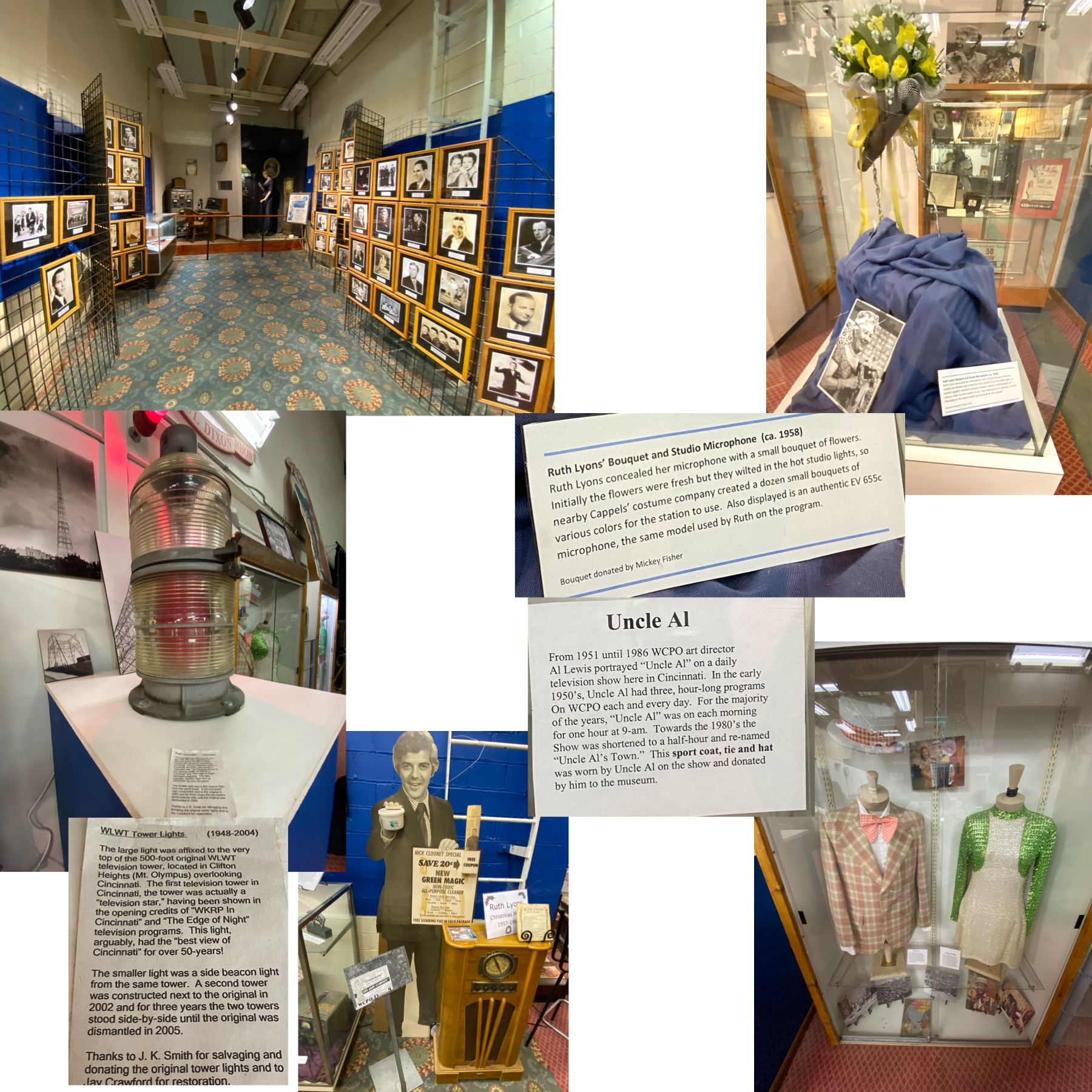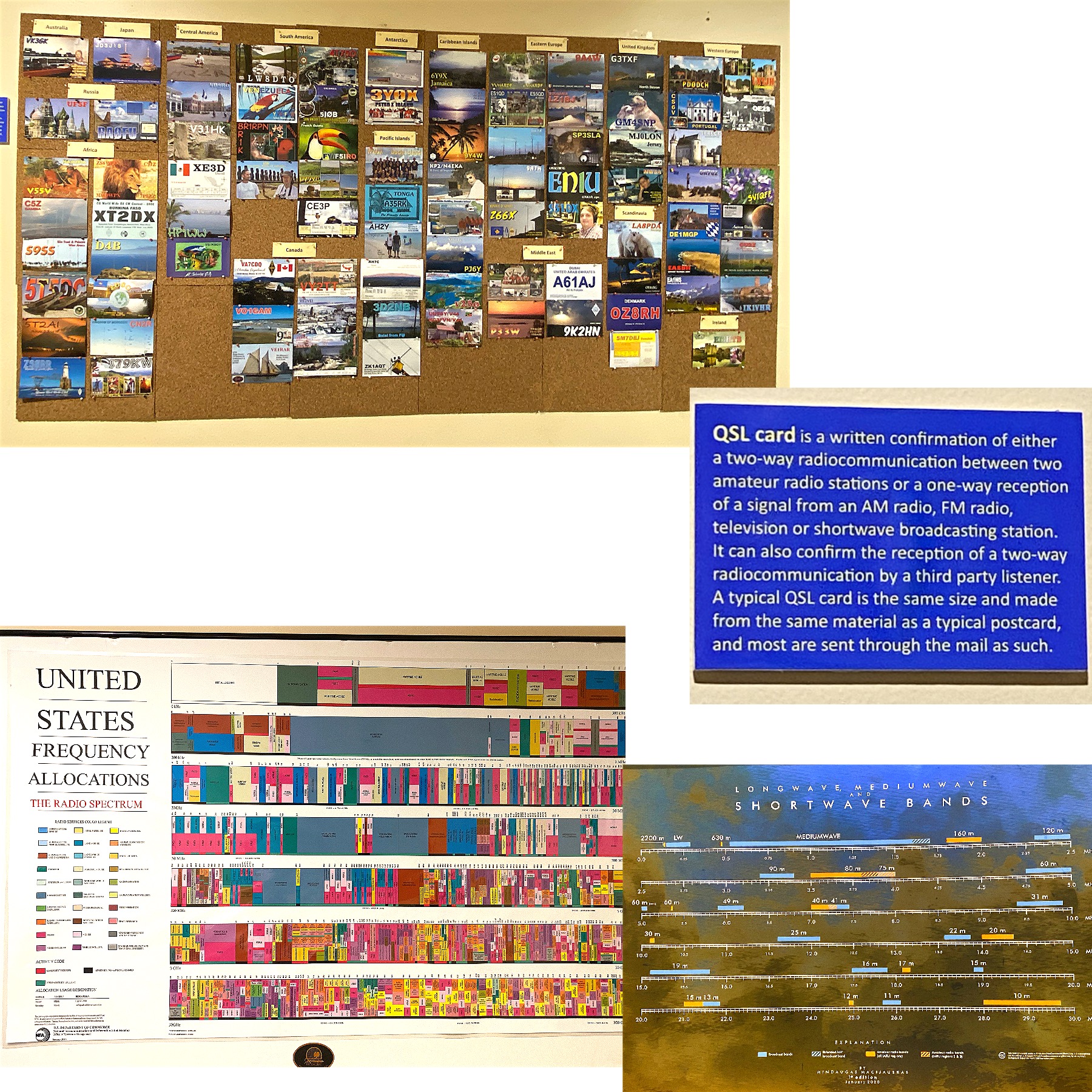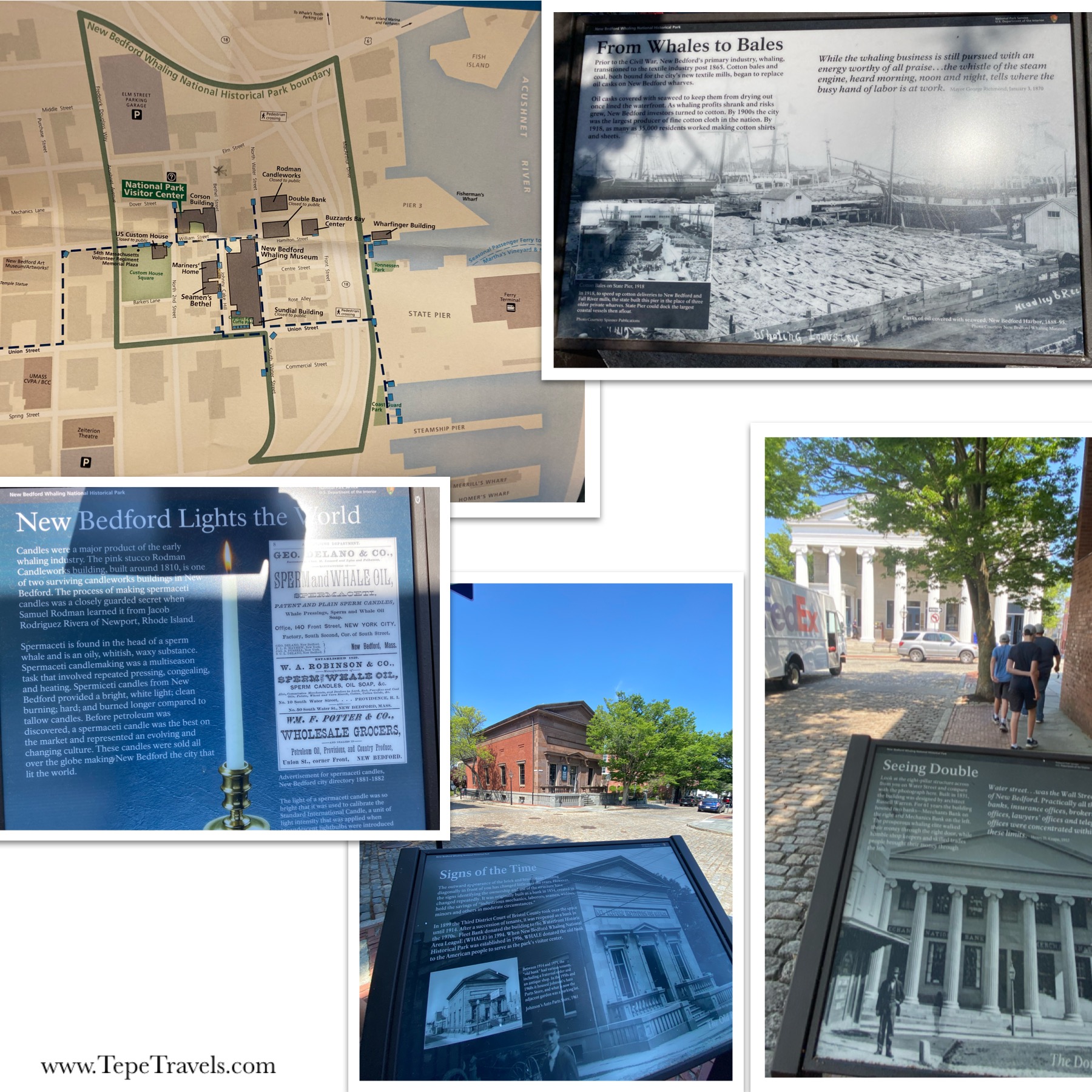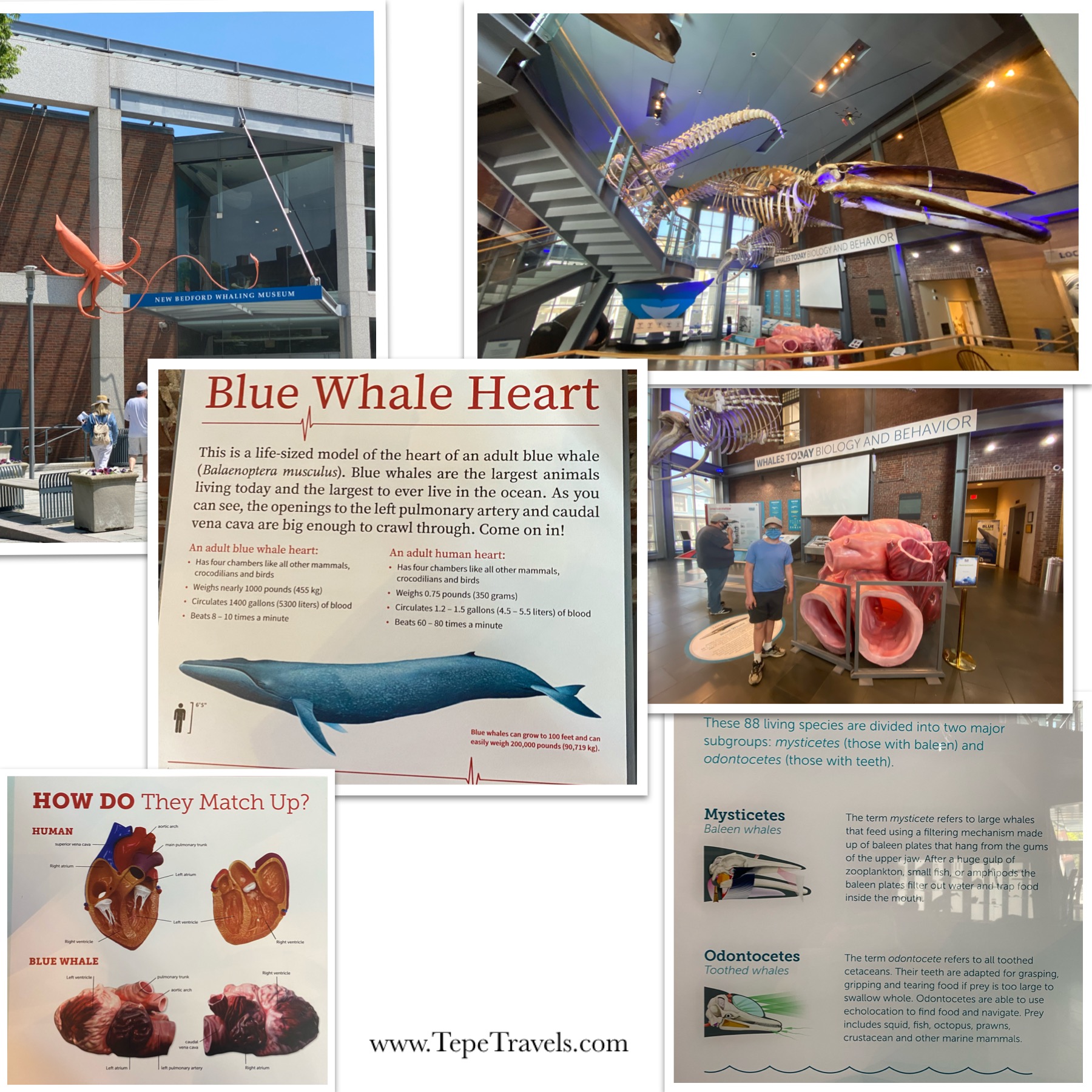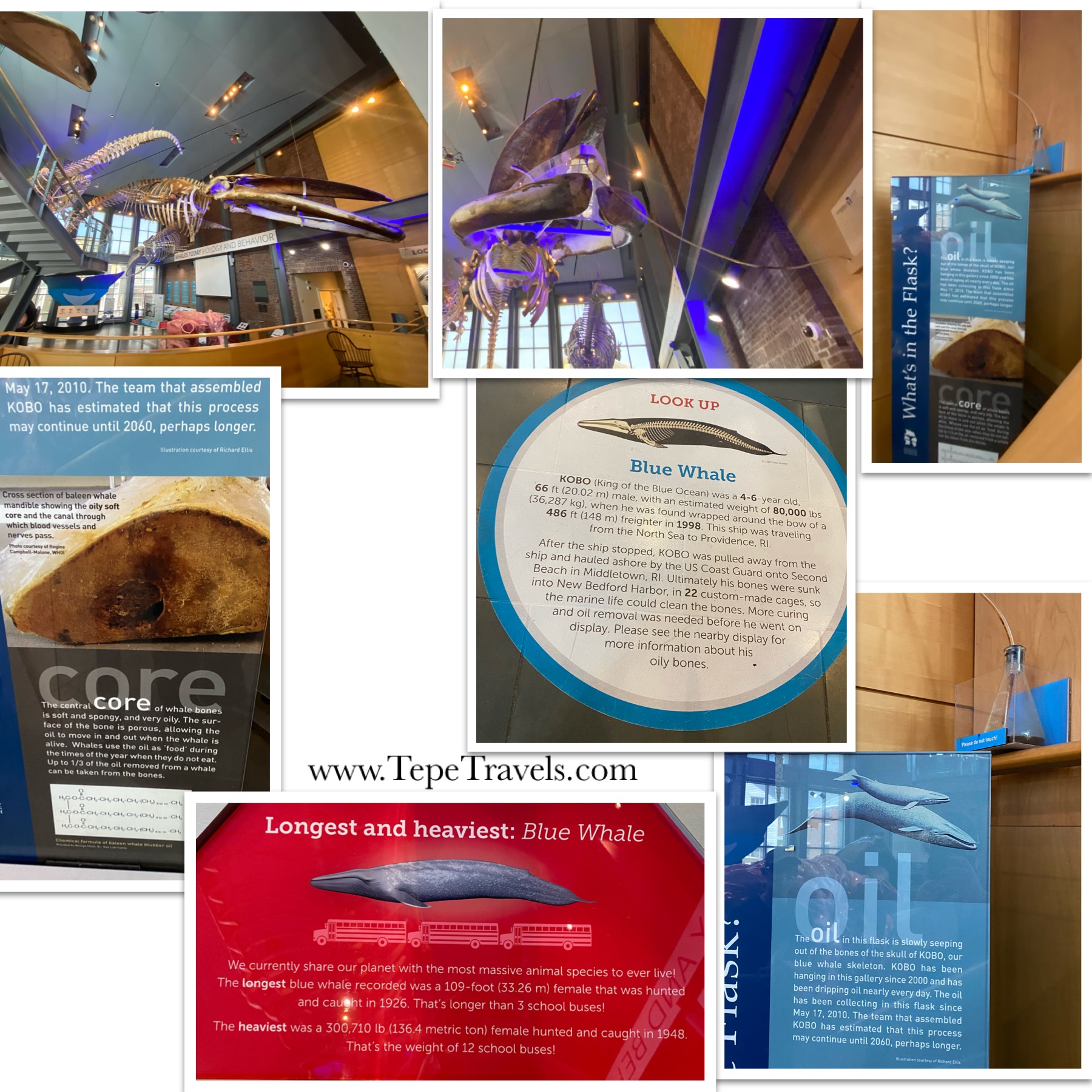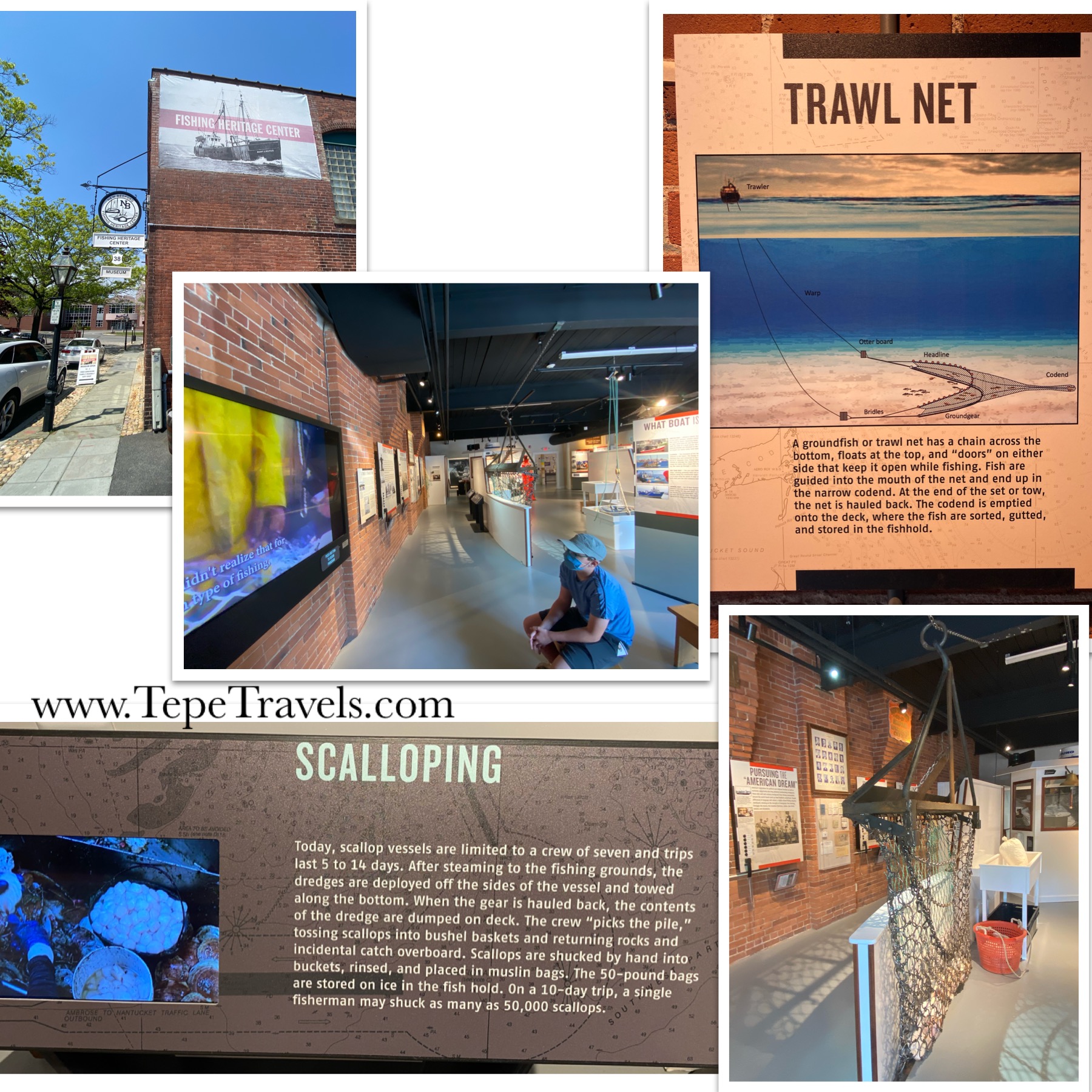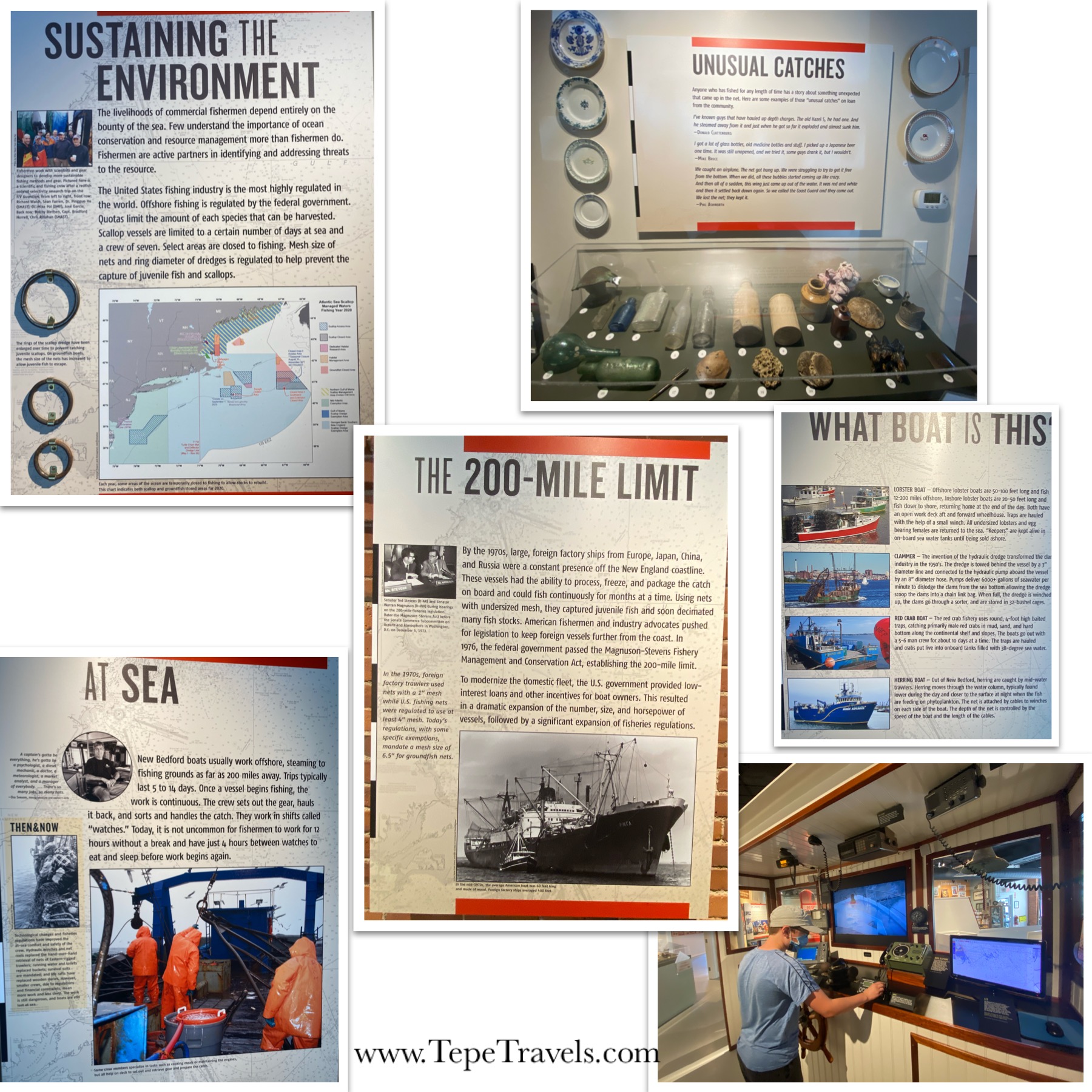I gave Nick three options for today: Art Institute, Lincoln Park Zoo, and Museum of Science and Industry. He chose the Museum of Science and Industry which featured The Art of the Brick ($71 total for admission).
I had eaten an omelet while Nick slept in. On our way to explore the museum, we stopped at Stan’s donuts to get Nick some breakfast and to check it off my list. The donuts were crazy, very thick and full of decadence; it was like biting into a doughy candy bar. Too much sugar for me, but Nick seemed to like it. With an iced coffee for me, the total came to $15. Nothing seems cheap these days.
A quick Uber ride later and we made it to the Museum. The museum was amazing. I had such a great time teaching and learning. There is a reason I am an engineer. The Art of the Brick was a great exhibit. I took a bunch of pictures because what this artist does is so remarkable. That being said, the $14/person adder cost was steep. One of the best parts of this exhibit was the interactive Lego build I did with Nick. It’s fun to just play with him.
The museum also had a farming exhibit. I loved getting into the tractor and combine. It is clear why these pieces of equipment are very, very expensive. From sailing, to bicycles, to U-boats, to genetics, to Lego art, to Outer Space, to Chemistry, to farming, and even the circus, this museum covered a lot of ground. We went from 10:30 AM to 3:00 PM and were exhausted.
Lunch was disappointing as they are working on a new cafeteria space and only have vending.
We hit some peak Uber time on the way out of the museum, so I opted to try the Chicago bus. The native Chicagoans were very helpful in figuring out the route home. Although crowded and slow, the bus was a good experience for Nick and cut our travel cost from a $40 Uber ride to a $5 bus trip.
I had read about the Ventra card in preparation to take the L to Wrigley Field later in the night and opted to load $10 onto the new $5 card that I purchased ($15 total). This covered both trips. Based on the crowds, we wore masks on both the bus and the L.
Sarah helped us figure out that we couldn’t bring backpacks/bookbags into Wrigley Field, so we had a quick stop at the hotel to reorganize. We had bought Nick a Cubs jersey for the game that he needed to change into as well.
It was getting close to rush hour, so we decided to go early and make sure we got to the game in time. The L red line was close to the hotel and we got on with no problems. It was a fun experience to take the subway/elevated train.
We got to the stadium around 4:30 PM. The gates didn’t open until 5:00, so we grabbed some drinks from a close by 7-11, took the mandatory picture for 1st timers to Wrigley, and got in line.
It was free cowboy hat night for the first 10,000 attendees; since we were 2 hours early and likely the 20th attendee, we got a hat. It was sponsored by Jim Beam, so only ages 21+ received hats. Nick ended up wearing mine and looked great in it.
Our first stop in the stadium was for the Chicago dogs. This was not for the newbie as they gave you the basics and then had a fixings bar. If we hadn’t had one the day before and did our Chicago dog research, this would have been a disaster. As it was, it was just kind of a mess as both Nick and I went a little heavy on every possible topping, making these some sloppy dogs. Still delicious, but it required two fistfuls of napkins to manage and we still ended up having to hit the restroom to clean the mustard off Nick’s shorts. ($16 for two dogs). Side note: The bright green relish looked a little scary, but didn’t have much of a taste at all.
We found our way to our seats (2nd to the top row, along the 3rd base line). It didn’t seem like there was a bad seat in this ballpark. Our seats were under the cover/overhang, providing some nice shade and since we were up high, it also allowed for a nice cooling breeze.
After taking in the views, we decided it was too hot and not much action was happening yet. So, another trip to the food stand got Nick a baseball helmet ice cream and me a souvenir cup with Diet Pepsi.
We watched batting practice for a while and took in the sites. With my phone battery low, we tried out a phone charging station and walked the stadium. Along the way, we grabbed a soft pretzel and Nick found a pressed penny machine.
Unfortunately, the game was delayed due to inclement weather. We watched the grounds crew roll out the tarps, and collected my phone just in time to shelter in place for a Tornado warning. It was a little crazy with huge amounts of rain and 90 minutes of hanging out on the steps with our fellow Cubs fans.
The weather passed and the game restarted at 8:30 PM. Nick got Pizza and a Gatorade before returning to our seats. With the long delay, the stadium was only half full when the game restarted. We made it through about an inning before Nick was ready to go. To his credit, the first inning ended around 9 PM. We took an Uber back to the hotel, and while it seems like we shouldn’t be hungry at this point, we both were, so we stopped at Elephant & Castle to get Fish and Chips for me and a Burger for Nick before grabbing showers and crashing for the night.














































































